In the fields of home decoration and bathroom design, the "mirror cabinet"—a piece of furniture that combines functionality and aesthetics—is rapidly gaining popularity. Increasing numbers of consumers are allocating budgets to achieve the optimal balance of storage efficiency and visual appeal within limited spaces. So, where precisely should a mirror cabinet be placed? What are its development trends, design concepts, and market dynamics? This article analyses the topic from four dimensions—product structure, decoration needs, marketing, and future trends—to provide you with a comprehensive, accessible, and in-depth industry insight.
Development Background and Market Drivers of Mirror Cabinets
1. Multifunctional Furniture Combining Storage and Lighting
Mirror cabinets originated from medical medicine cabinets, which evolved by adding storage space behind the mirror, thereby achieving the integrated functions of "lighting + storage + mirror." As modern urban spaces trend toward "small yet beautiful," this three-in-one furniture form has gained increasing favour.
2. Urban Living Conditions Drive Surge in Storage Demand
With limited living space in urban households, storage pressure is high in both bathrooms and entryways. Mirror cabinets optimise vertical storage and complement wall depth utilisation, earning them the title of "storage innovation." Additionally, their mirrored surfaces visually expand spatial perception, blending practicality with aesthetics.
3. Rising consumer demand for personalisation
Customised design and intelligent features (such as built-in LED strips, hidden outlets, and anti-fog functions) have become key focuses for consumers. Mirror cabinets have evolved from "who can meet general styles" to "who can meet personalised and intelligent needs," intensifying industry competition and significantly elevating product standards.
The "Golden Placement" for Mirror Cabinets
The spatial structure and usage scenarios of different households determine the "optimal location" for mirror cabinets. Below are several mainstream recommended locations summarised by the industry:
1. Bathroom Mirror Cabinets: Classic and Most Commonly Recommended
Recommended Location: Centred on the wall above the sink.
Advantages: The most basic scenario, where the mirror cabinet is hung above the sink, allowing easy access to toiletries while meeting mirror needs; When paired with LED strips and anti-fog film, it enhances practicality for morning makeup and nighttime lighting.
Notes: Ensure sufficient height to avoid bumping your head or having to bend over due to a too-high base; also, ensure moisture-resistant materials, door sealing, and safe electrical wiring for lighting.
2. Entryway: Mirror Cabinet Integration for the "Final Check Before Leaving"
Recommended location: Next to the entrance door or the wall of the shoe cabinet.
Advantages: Check your outfit before leaving, conveniently store keys, domestic mail, and personal items; if designed as a "flip-down mirror cabinet," it can also serve as a temporary storage platform.
Notes: The entrance hall has a complex style, so the mirror cabinet material must coordinate with the overall design; door panels should be wear-resistant, and hardware should be durable to prevent deformation from accidental collisions upon entering.
3. Bedroom Dressing Area: A Customised User Experience
Recommended Location: Above the dressing table or beside the bedhead backdrop wall.
Advantages: The mirror cabinet offers dual benefits of lighting and storage, accommodating cosmetics, jewellery, and skincare products to keep the space tidy and enhance dressing efficiency; the backlit ambience also enhances the warmth of the bedroom.
Notes: Ensure appropriate lighting temperature (colour temperature of 2700–3500 K is ideal) to avoid "face-hitting light sources"; the location should also consider the bed position and air conditioner vents to prevent cabinet door thermal expansion/contraction or usage issues.
4. Living Room or Corridor: Creative Storage + Decorative Integration
Recommended Location: Open corridor walls, beside living room bookshelves, or nearby dining room walls.
Advantages: A stylish mirrored cabinet serves as a decorative focal point while storing frequently used items and small accessories, preventing clutter in the living room; the mirrored surface reflects light, enhancing spatial openness and artistic appeal.
Key points: Ensure visual integration with furniture to avoid a jarring appearance; select durable materials to prevent cabinet doors from loosening due to vibrations in the living room environment.
Industry Trends: How Are Manufacturers Capturing Market Share in the Mirrored Cabinet Sector?
1. Shifting Toward Intelligence and Differentiation
Central bathroom and furniture brands are launching differentiated products featuring LED light strips, innovative touch controls, mirror defogging, hidden outlets, anti-fog films, water level sensors, and other functionalities. For example, a domestic brand focuses on "touch-to-light + Bluetooth speaker + removable shelves," targeting the "technology + aesthetics" needs of the new generation of consumers.
2. Customisation Trends Expand Profit Margins
According to industry data, the gross margin for customised mirrored cabinets can reach 40%–60%, far exceeding that of standard finished cabinets. Key manufacturers are collaborating with home decoration companies and whole-house customisation platforms to prioritise mirrored cabinet products in consumers' renovation budgets.
3. Marketing adopts an "experiential + content-driven" approach
Many brands promote content such as "Have you placed your mirrored cabinet correctly?" and "How to arrange mirrored cabinets in different spaces" through short video platforms, using real-life cases combined with designer explanations to bridge the psychological gap with users quickly. Simultaneously, they conduct "mirrored cabinet selection guides" and Differences in Moisture-Resistant Materials," and other educational content to enhance brand trust.
4. Green Materials and User Trust Building Advance in Tandem
In recent years, formaldehyde standards for panels have been strictly upgraded, with B-class and E1-grade green environmental certifications becoming key selling points for products. The glass, waterproof panels, and high-gloss edges used in mirrored cabinets must comply with safety standards, be odour-free, and have high waterproof ratings. These factors are increasingly important to channel partners and end-users.

Future Trends: Has the Third Wave of Mirrored Cabinets Already Arrived?
The mirrored cabinet industry, which began with the first generation focused on "functional integration" and evolved to the second generation emphasising "smart + design," is now seeing the emergence of a third-generation trend.
1. Modular Pairing + Modular Combination — "Adapting to Your Home"
Future mirror cabinets may adopt a puzzle-like modular design: light strip modules, speaker modules, wireless charging modules, shelf modules, and mirror modules can be flexibly combined, allowing users to "assemble" their mirror cabinet combinations tailored to their living spaces.
2. Integration with Large Furniture for Expanded Scenarios
For example, mirror cabinets can be integrated with bathroom vanity units, walk-in closet systems, and built-in shallow cabinets to form a unified system. Mirror cabinets are no longer just "accessories" but core nodes of storage systems, enabling high integration and improving renovation efficiency.
3. Maturation of AR + Online Try-On Technology
Before online purchases, users can scan their home walls with AR to "see" how the mirror cabinet would look in their environment, then decide on size and style. They can also test lighting effects and door opening functionality online, enhancing online purchase conversion rates.
4. Material Innovation: Balancing Lightweight and Durability
Technologies such as nano-materials, lightweight high-strength glass, antibacterial anti-fog film, and fingerprint-resistant coatings make mirrored cabinets more durable, safe, and easier to maintain in daily use.
5. Competitor Perspective: Comparison of Mirrored Cabinets with Other Storage Solutions
Solution Type Advantages Disadvantages
Independent Mirror + Open Shelving: Low cost, ample DIY space. No storage, weak integration, and poor decorative effect
Bathroom Wall Cabinet (Without Mirror) Large storage space, suitable for storing frequently used large bathroom items. No mirror function, weak spatial sense
Whole-House Custom Cabinet System Unified colour scheme, abundant storage, integrated with furniture. High cost, inflexible, and difficult to modify
Mirror Cabinet: High functional integration (mirror + storage + lighting), flexible installation space, and outstanding aesthetics. Requires more refined materials and design, higher installation and moisture-proofing requirements, and a higher unit price.
As shown in the table, mirror cabinets are emerging as the preferred storage and decorative item for modern households due to their advantages in "functional integration + space optimisation."
6. Analysis of Consumer "Why Now" Motivations
Strong spatial anxiety. In major cities, small apartments are prevalent, with households in units under 50 square meters becoming increasingly common. The limitation of "walls only accommodating mirrors or shelves, but not both" has driven strong demand for multifunctional furniture.
Enhanced renovation awareness. Consumers increasingly recognise the value of "investing in a higher-quality piece of furniture that lasts a decade." The sense of brand prestige and security offered by mirror cabinets has become a "hidden bonus" in renovation projects.
Strong influence of content recommendations. Topics such as "whole-house mirrored cabinet renovations" and "90s influencer makeup table renovations" on short video platforms continue to guide users' attention toward mirrored cabinet design innovations.
Improved channel convenience. Online platforms like whole-house customisation platforms, furniture platforms, and social e-commerce, as well as offline home decoration exhibitions and flagship store experience halls, make mirrored cabinet selection more convenient and visual.
Conclusion: Mirror cabinets are emerging as a new focal point for home storage and aesthetics.
"Where Should You Place a Mirror Cabinet?" This seemingly simple question reflects the profound wisdom behind the design of small home furnishings—balancing practical space planning, multifunctional integration, visual spatial experience, and the importance of coordinating home decoration details. Mirror cabinets are gradually evolving from "small furniture" to "soft furnishings focal points," leading the future trend in home design toward "storage that looks good, lighting that feels safe, and smart features that are user-friendly."
As consumer demands evolve, industry technology advances, and design thinking innovates, the mirror cabinet is constantly redefining its traditional role—it is not just a cabinet but a window into the "smart home landscape." Where is the best place to place a mirror cabinet in the future? Your space, your needs, and your creativity should determine the answer.

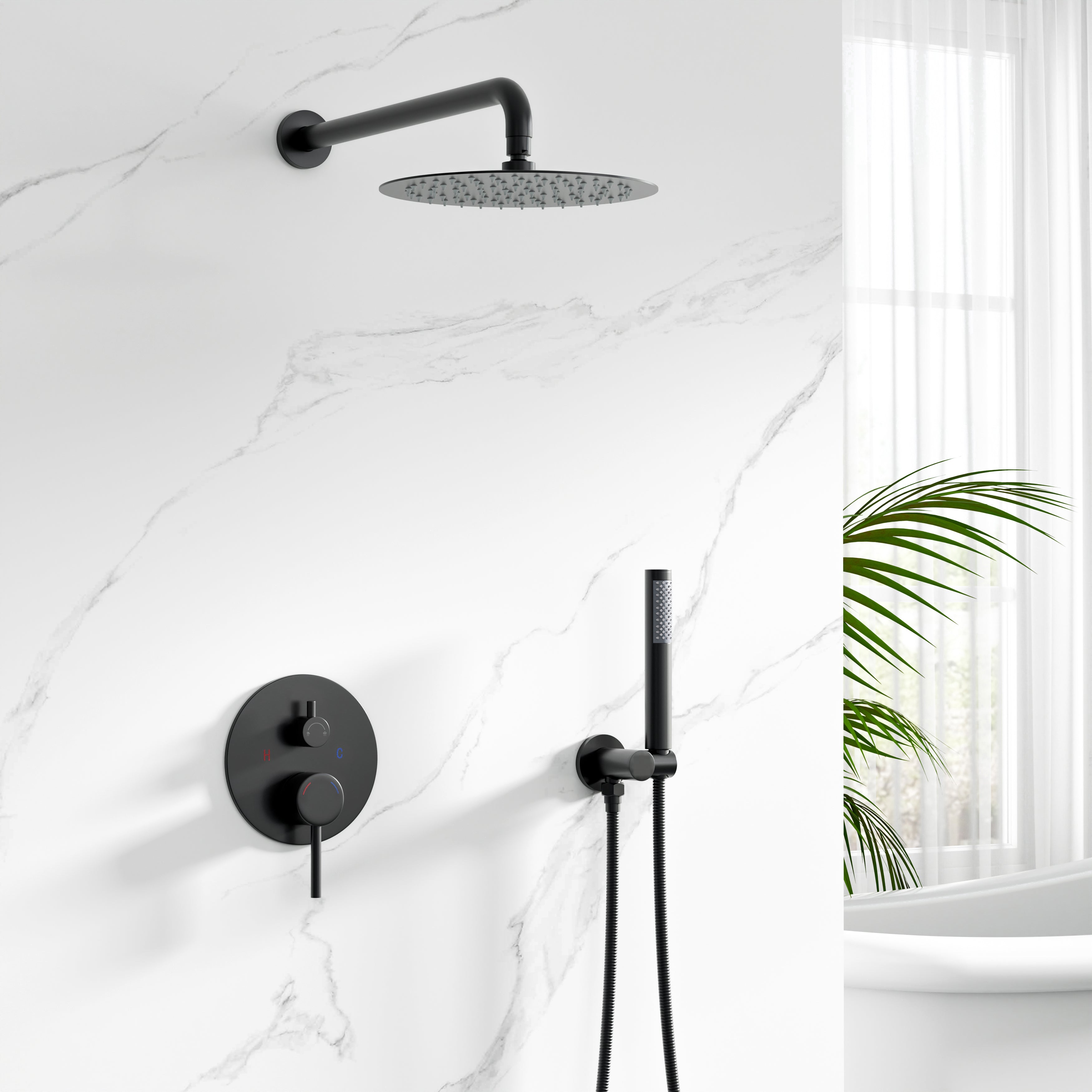
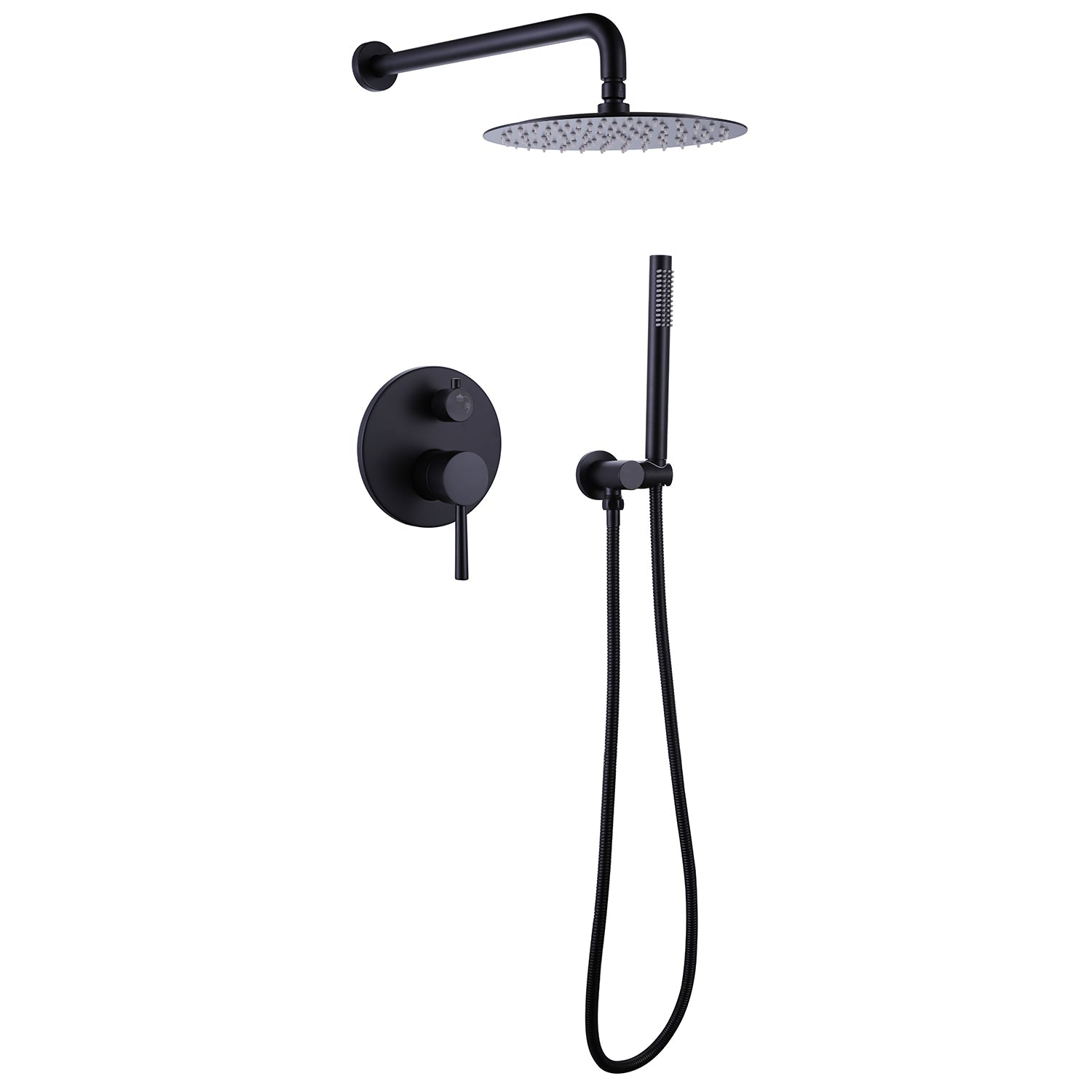


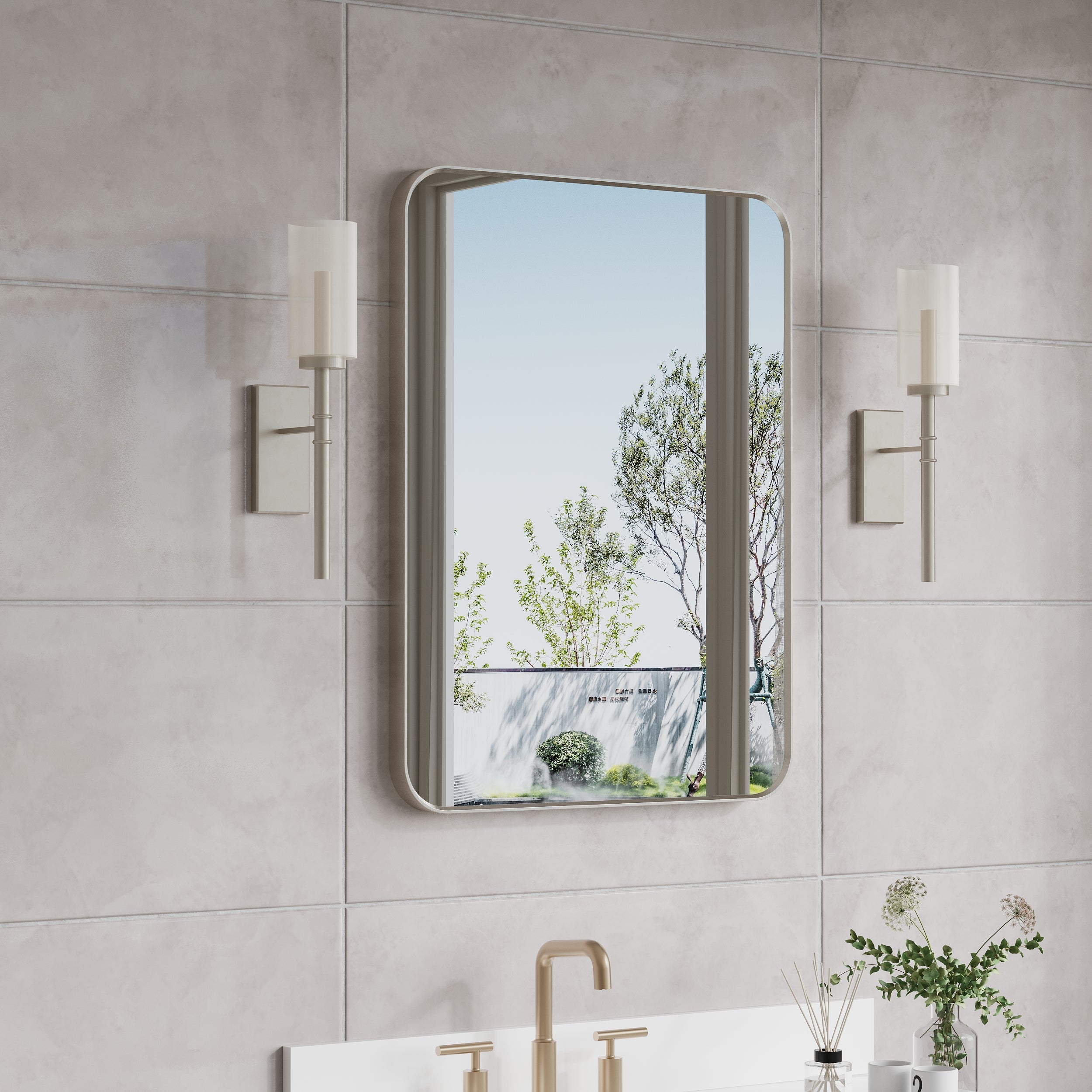
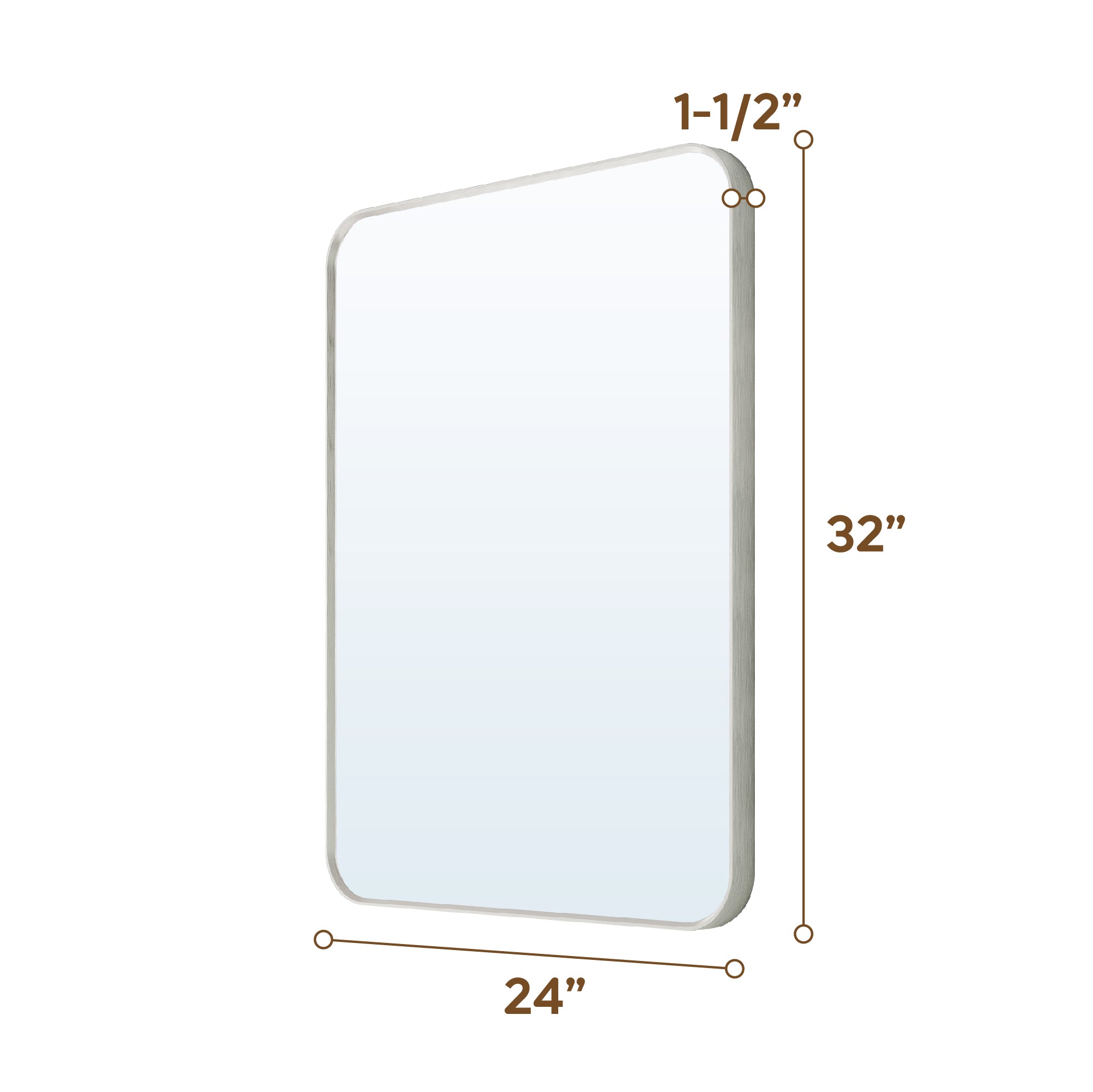

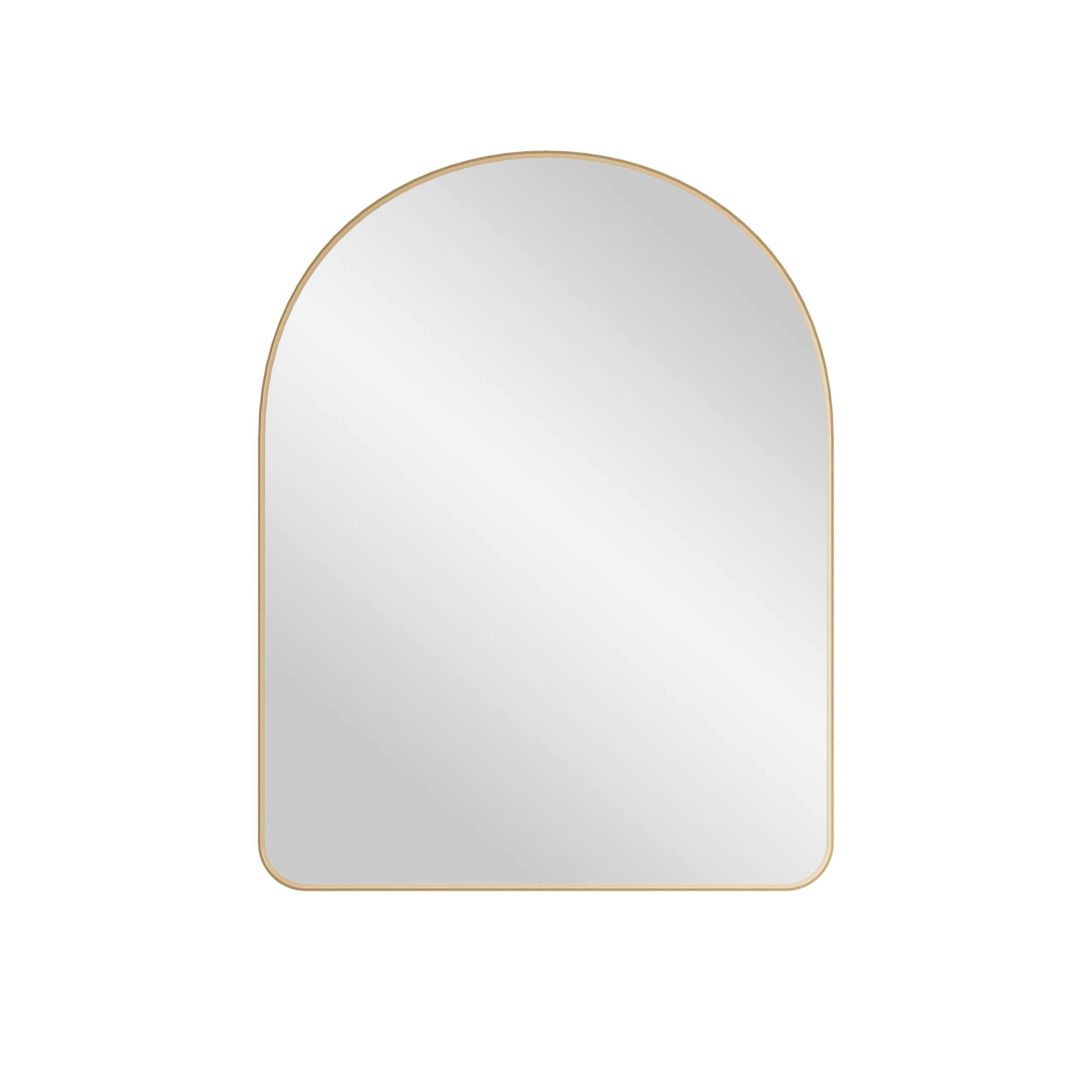

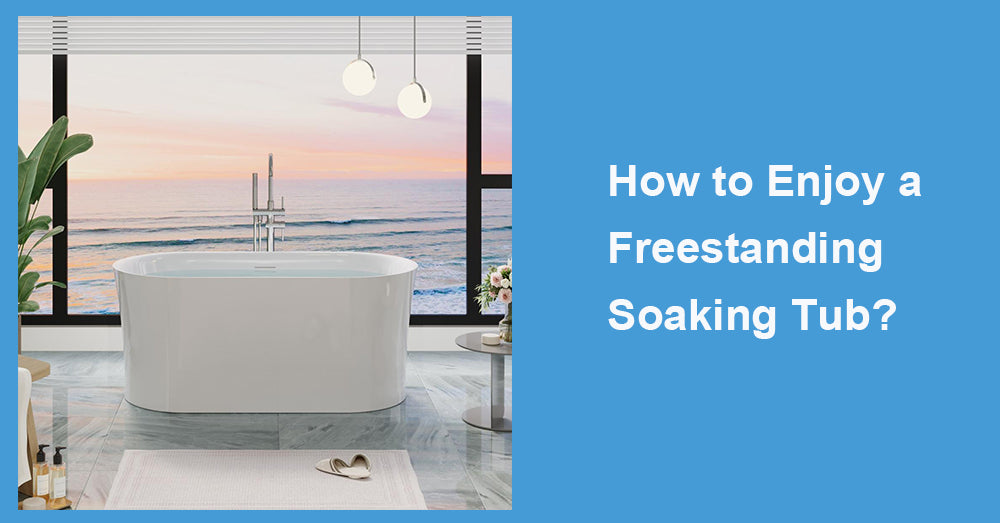
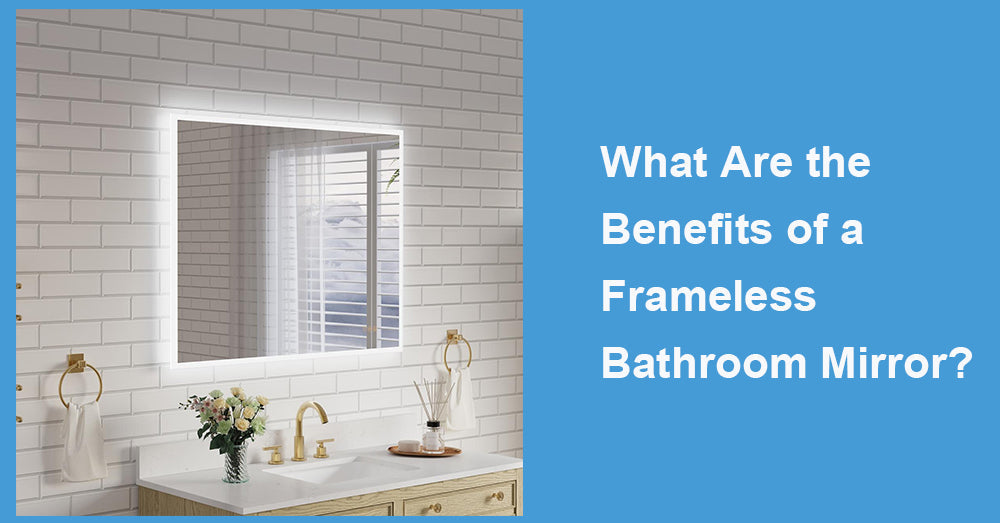
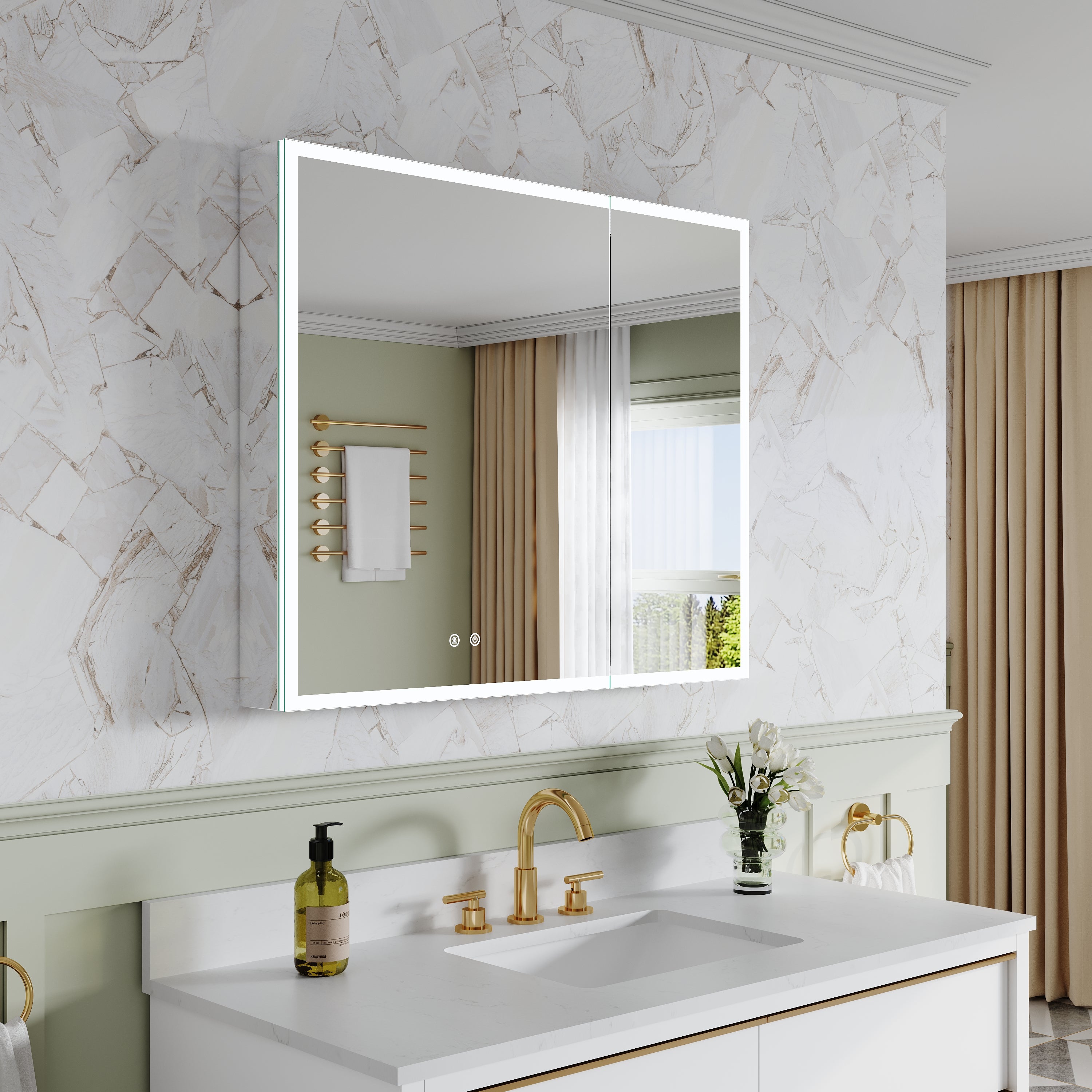
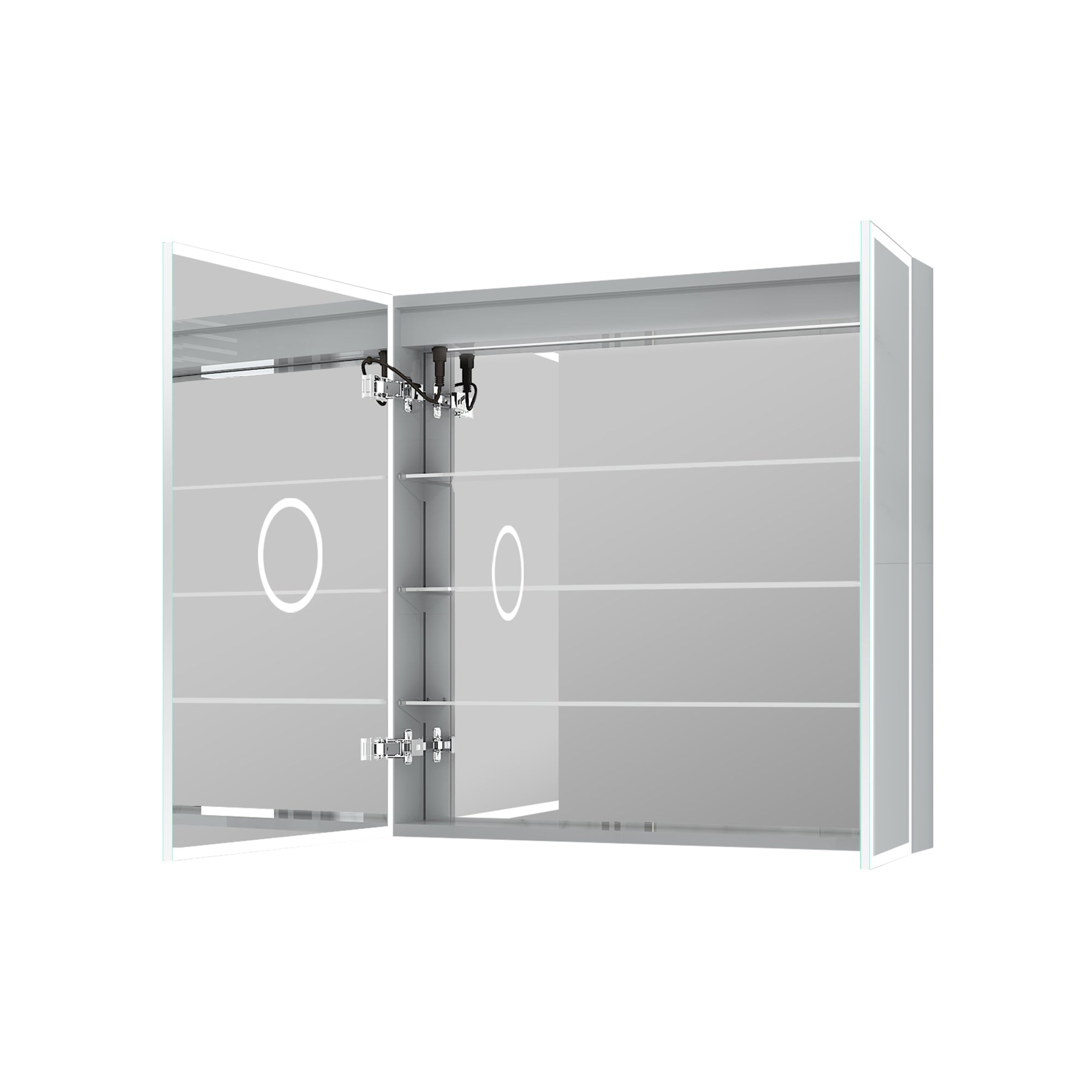
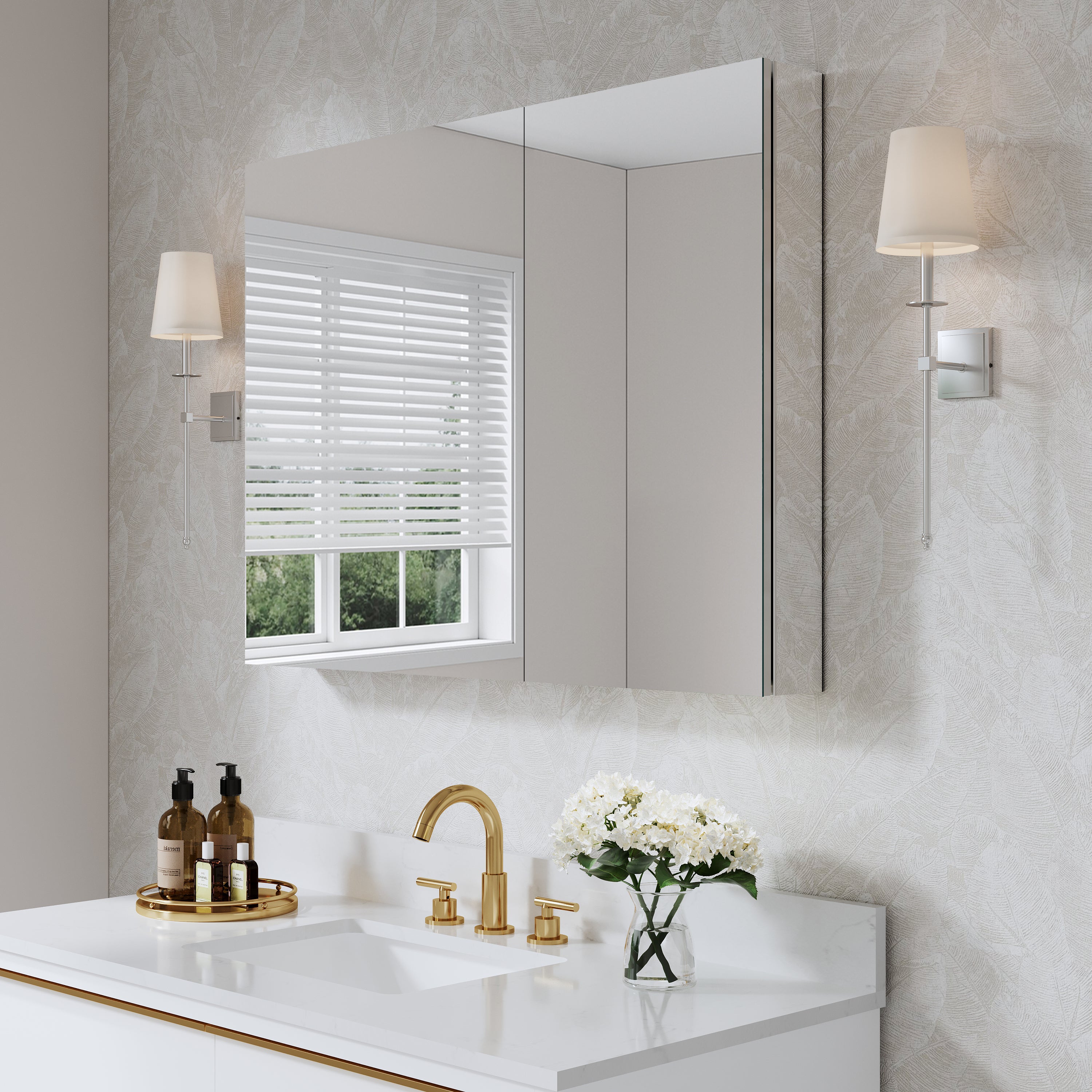

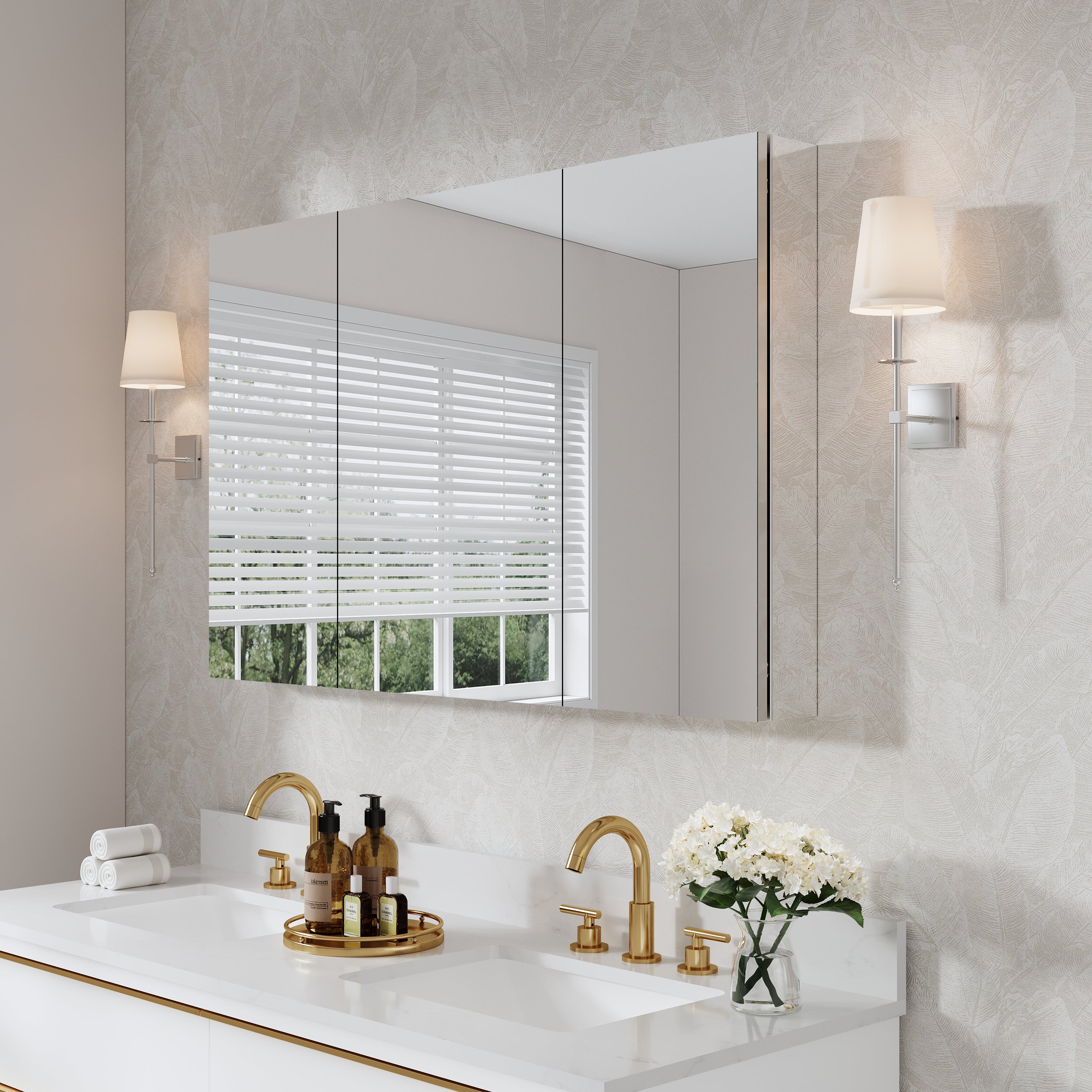
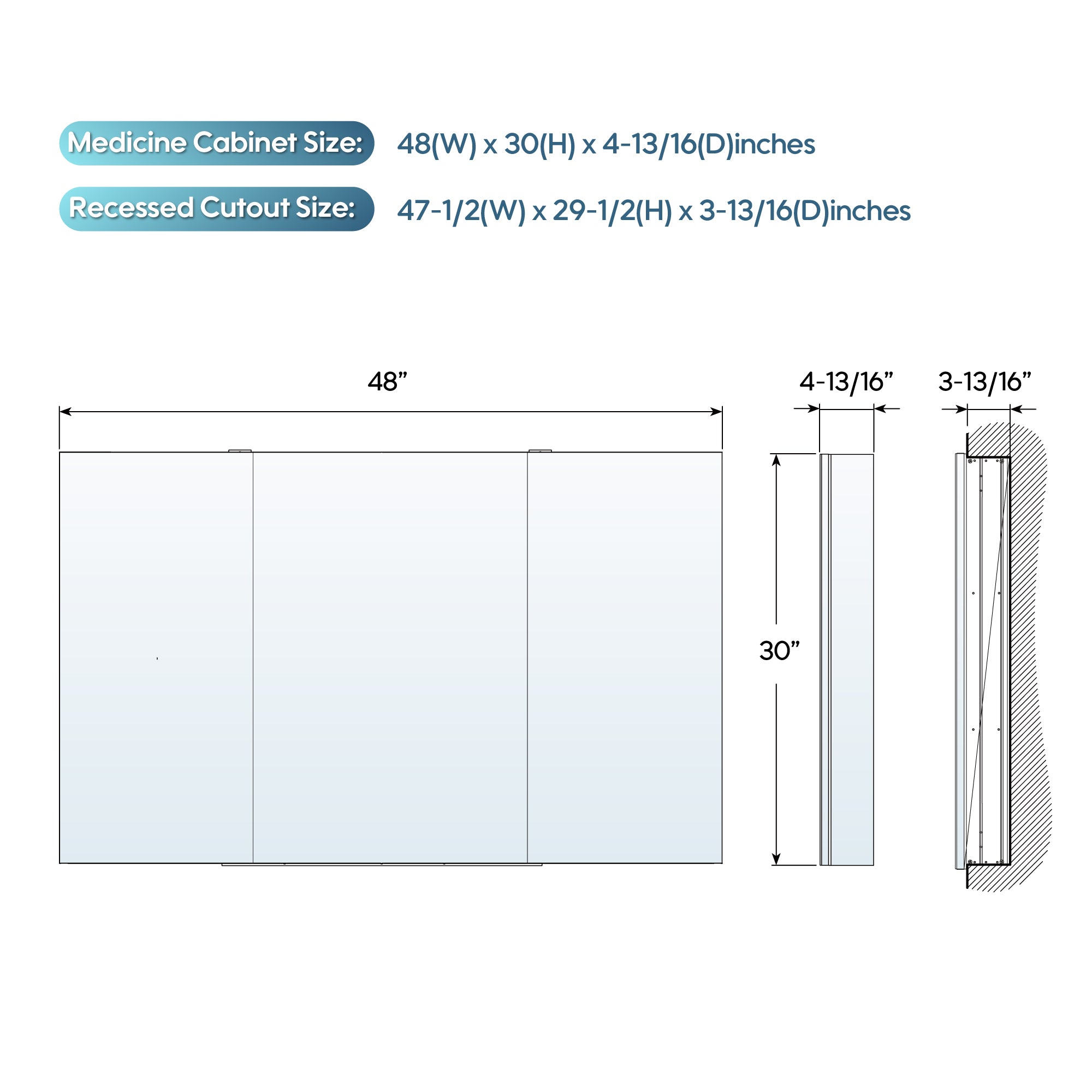
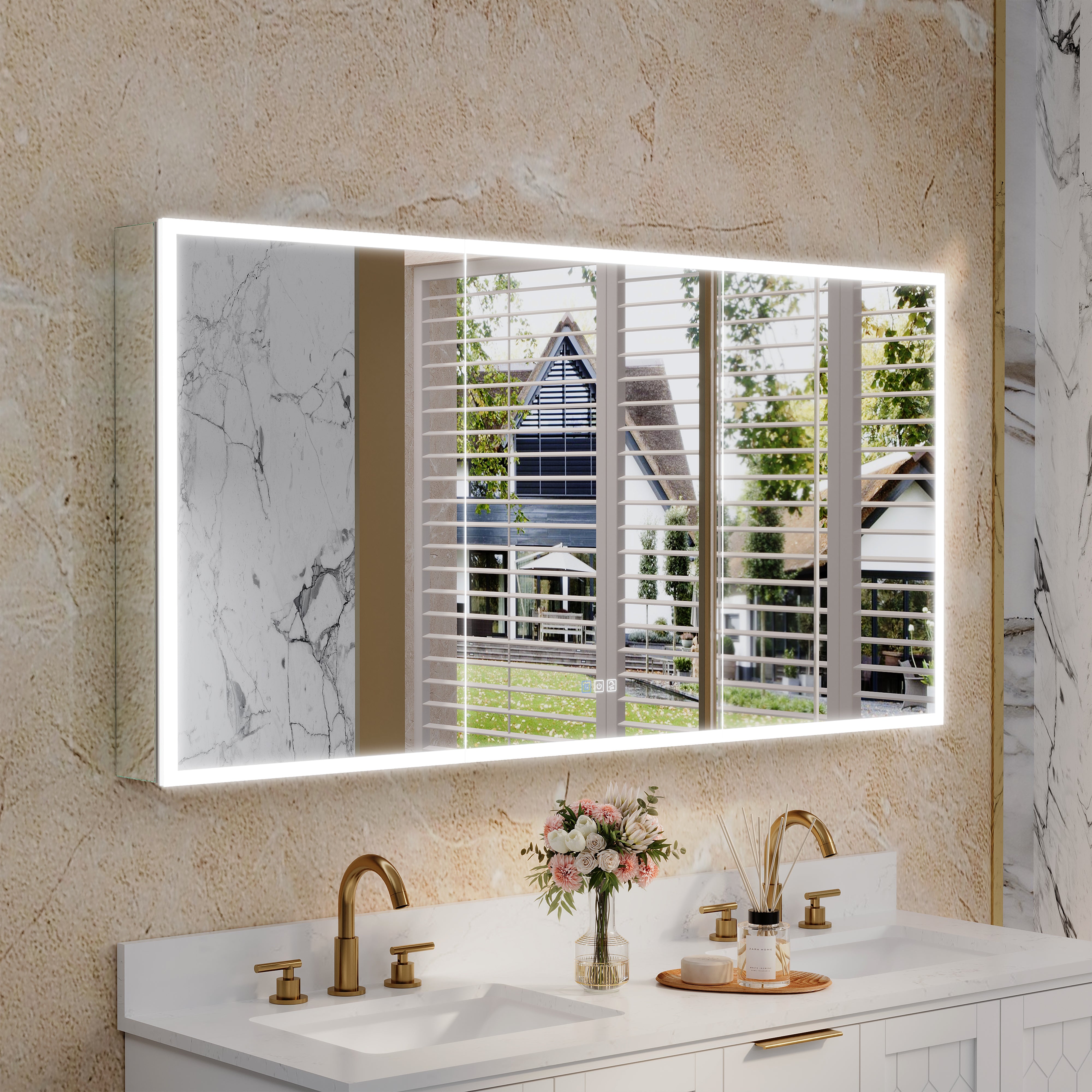
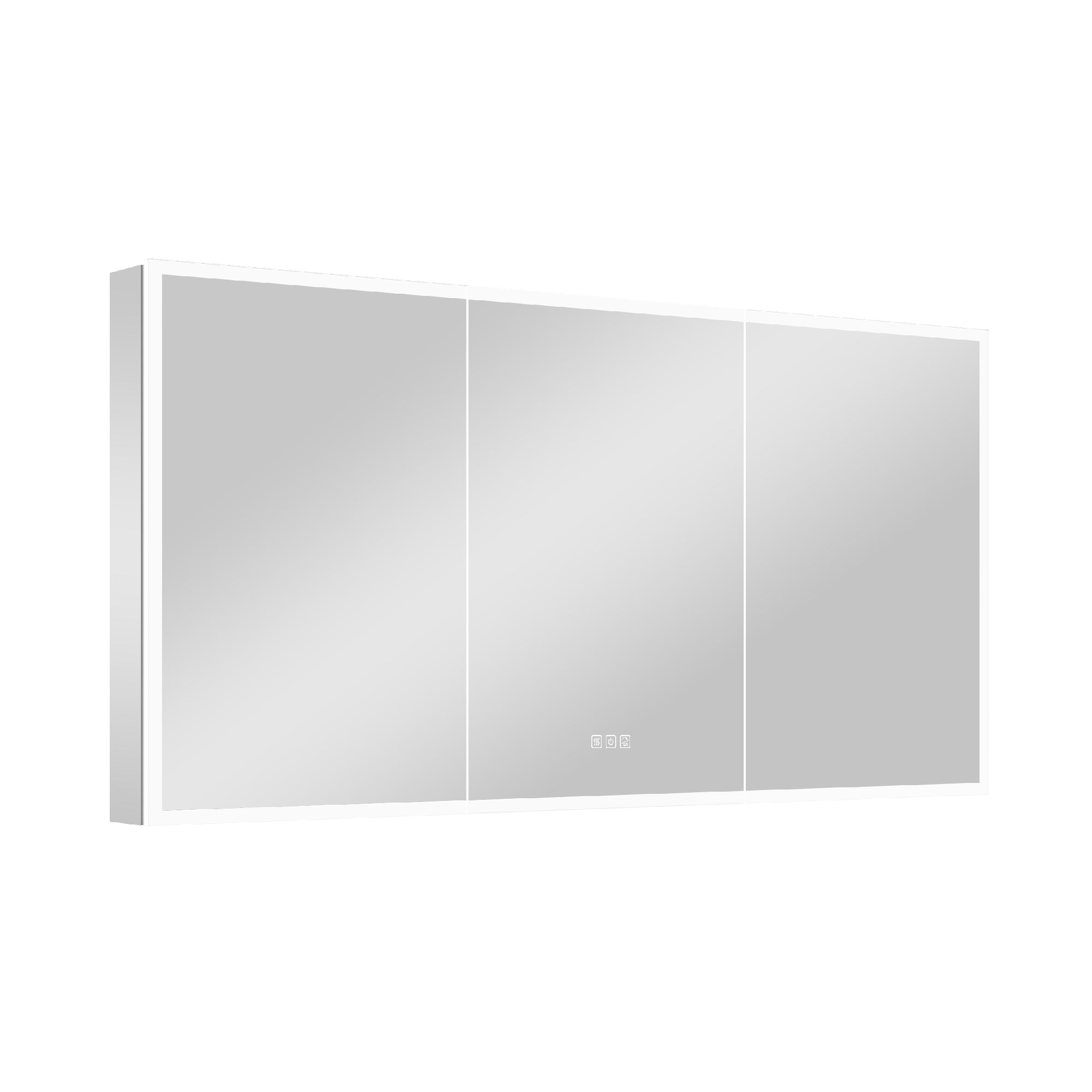
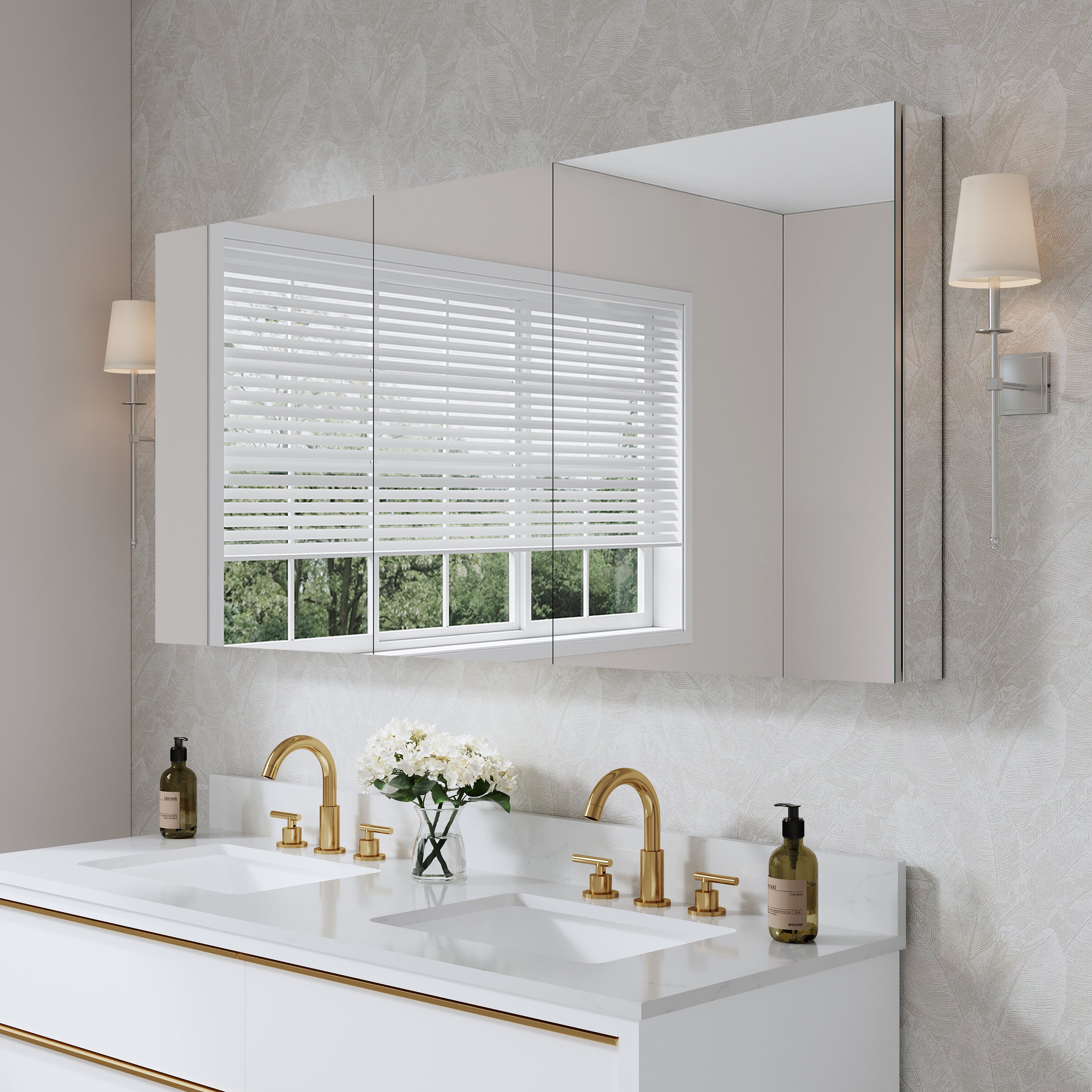

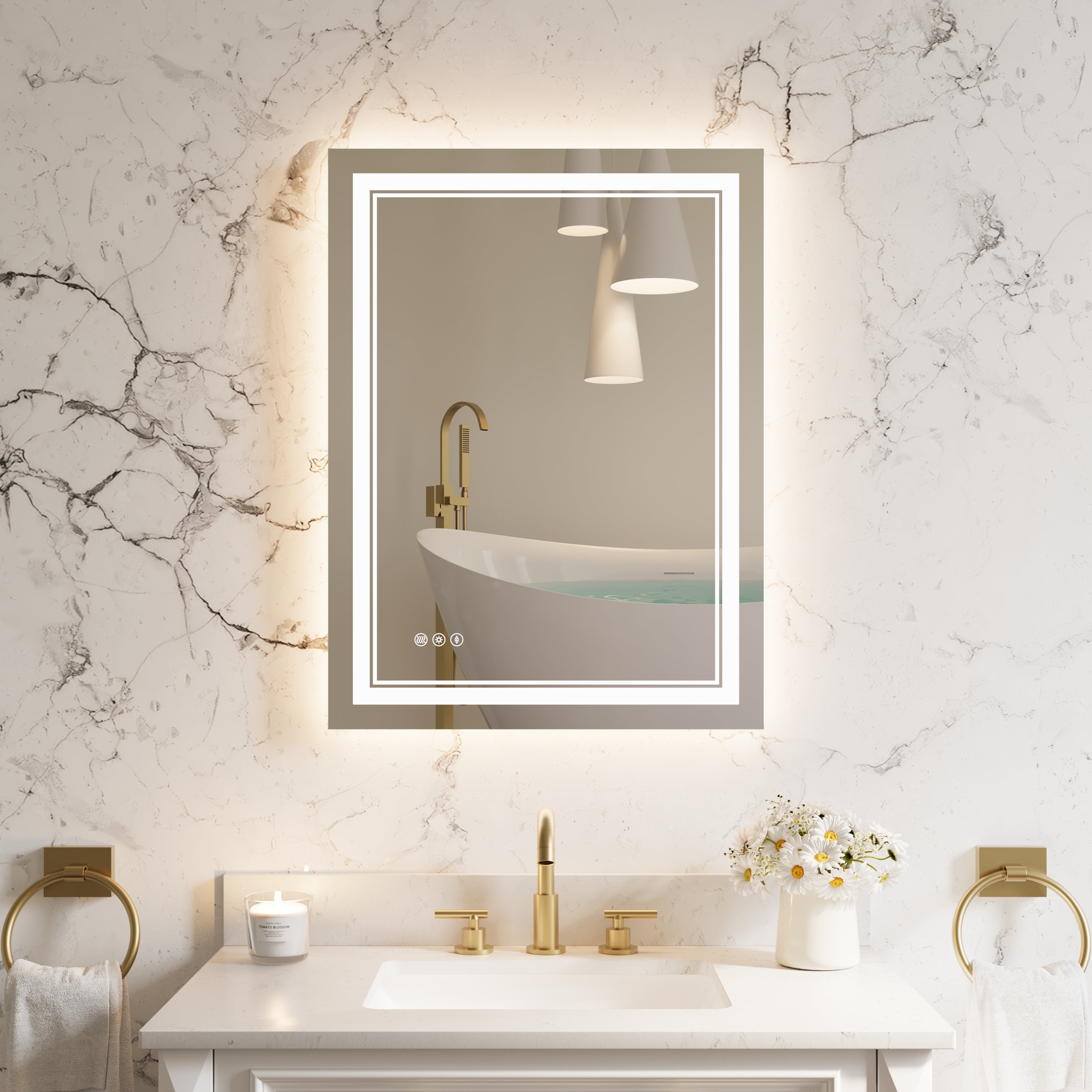
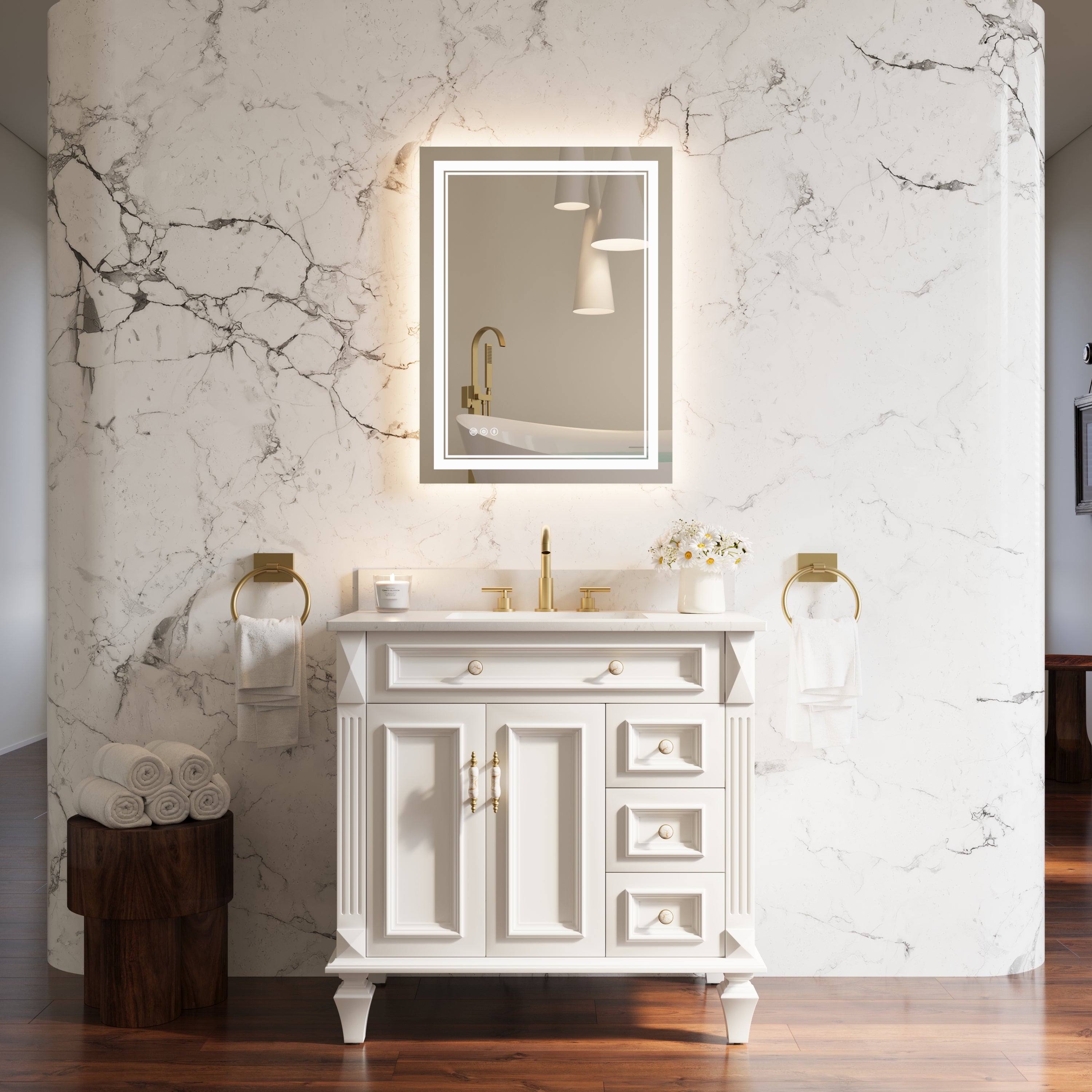
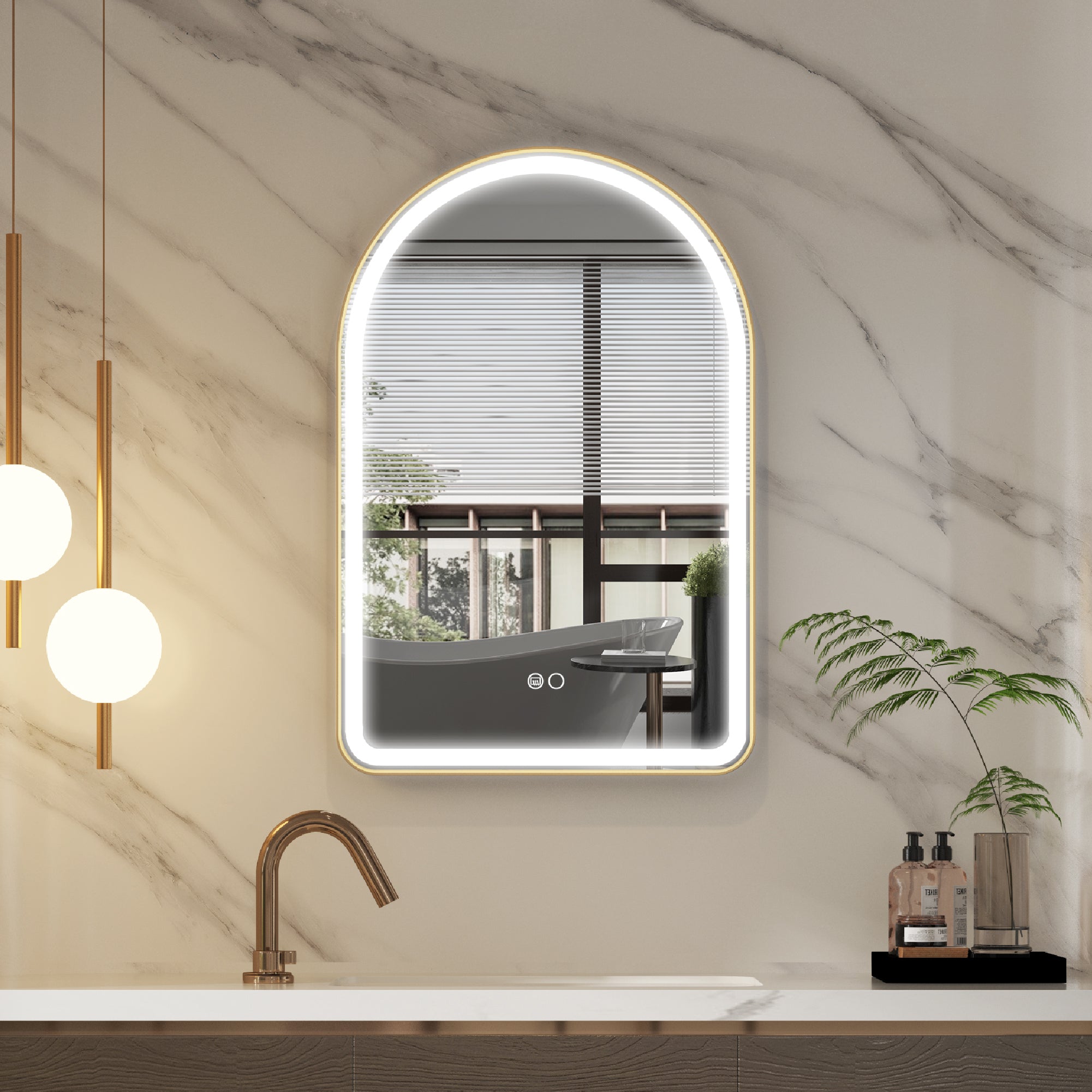
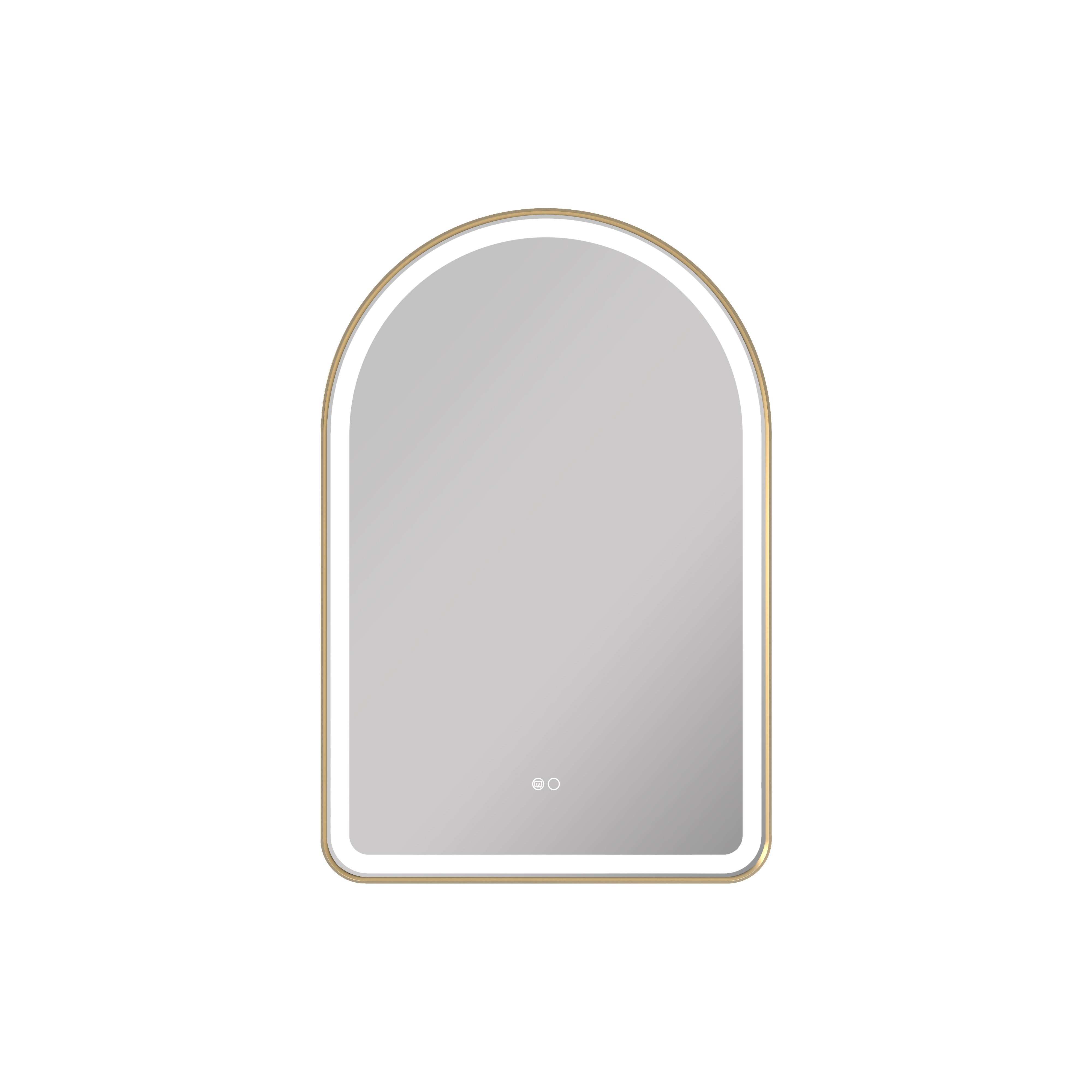
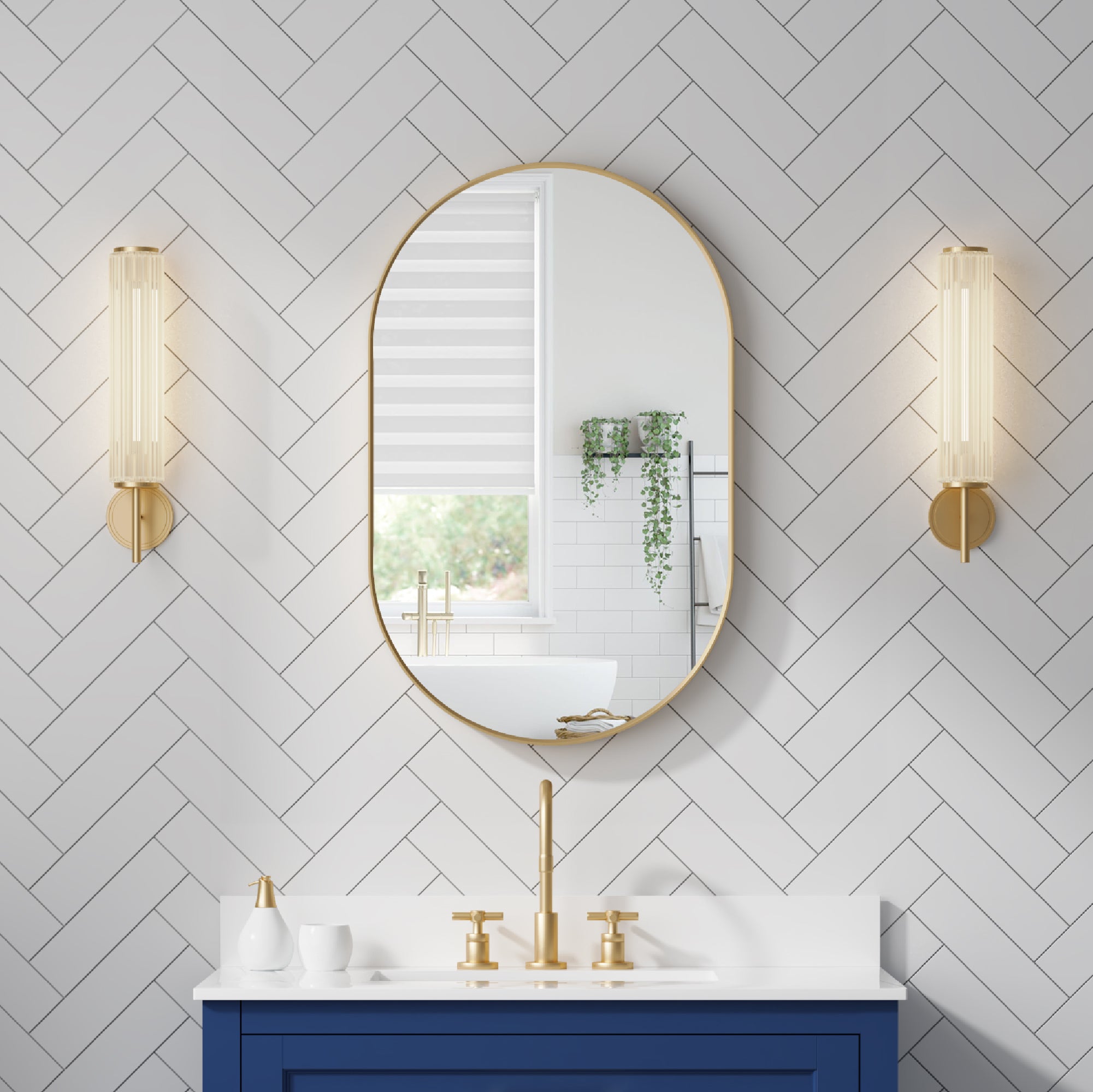
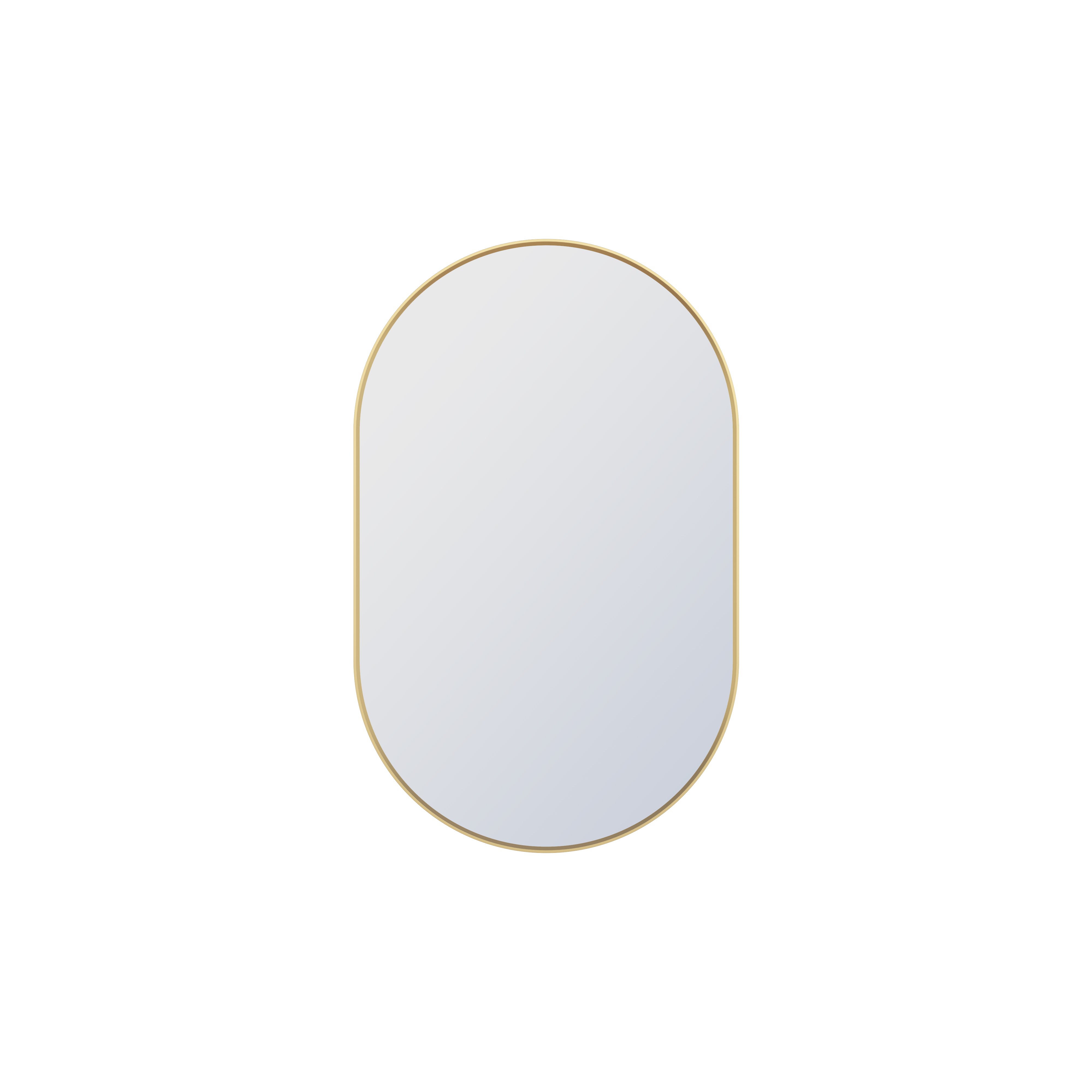


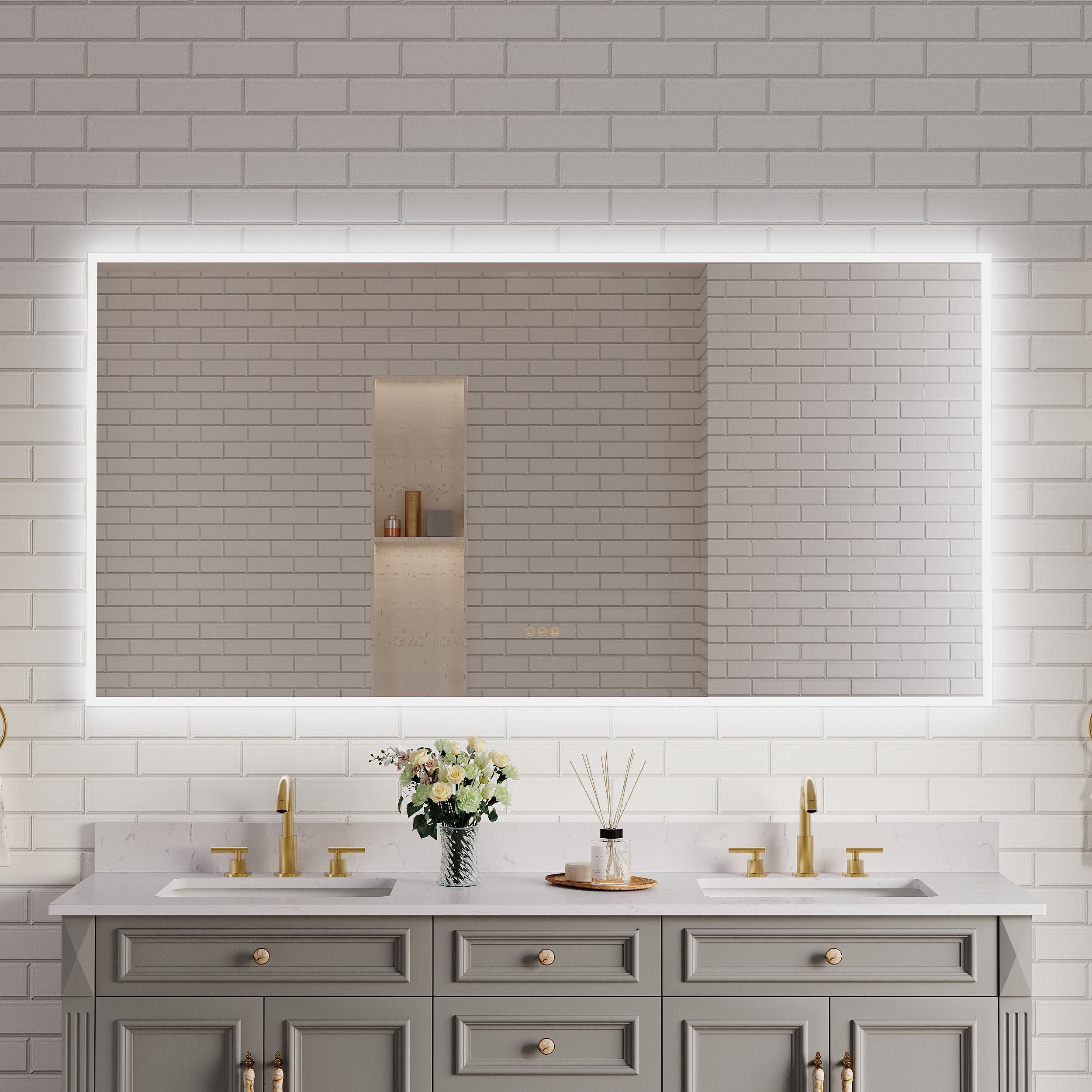
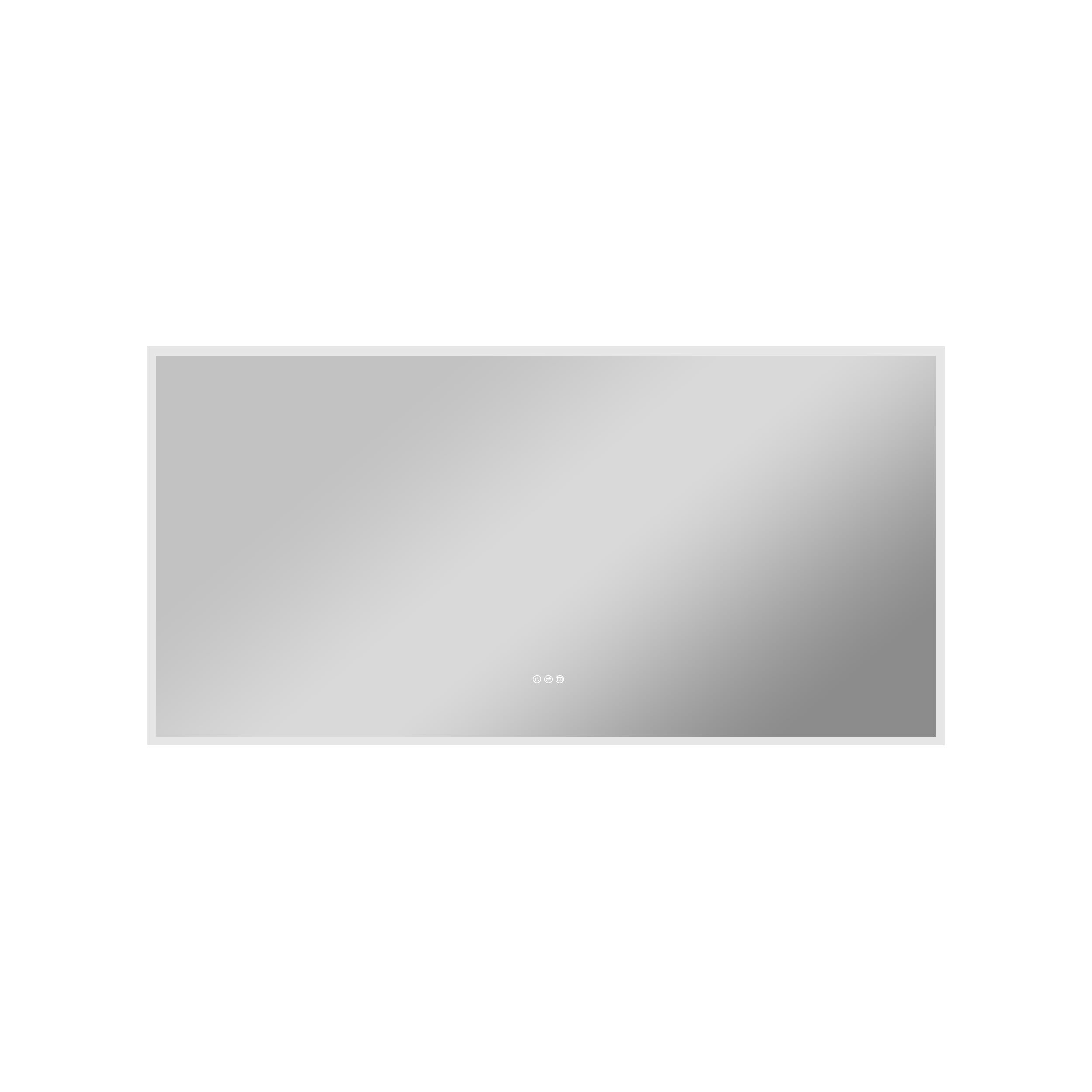




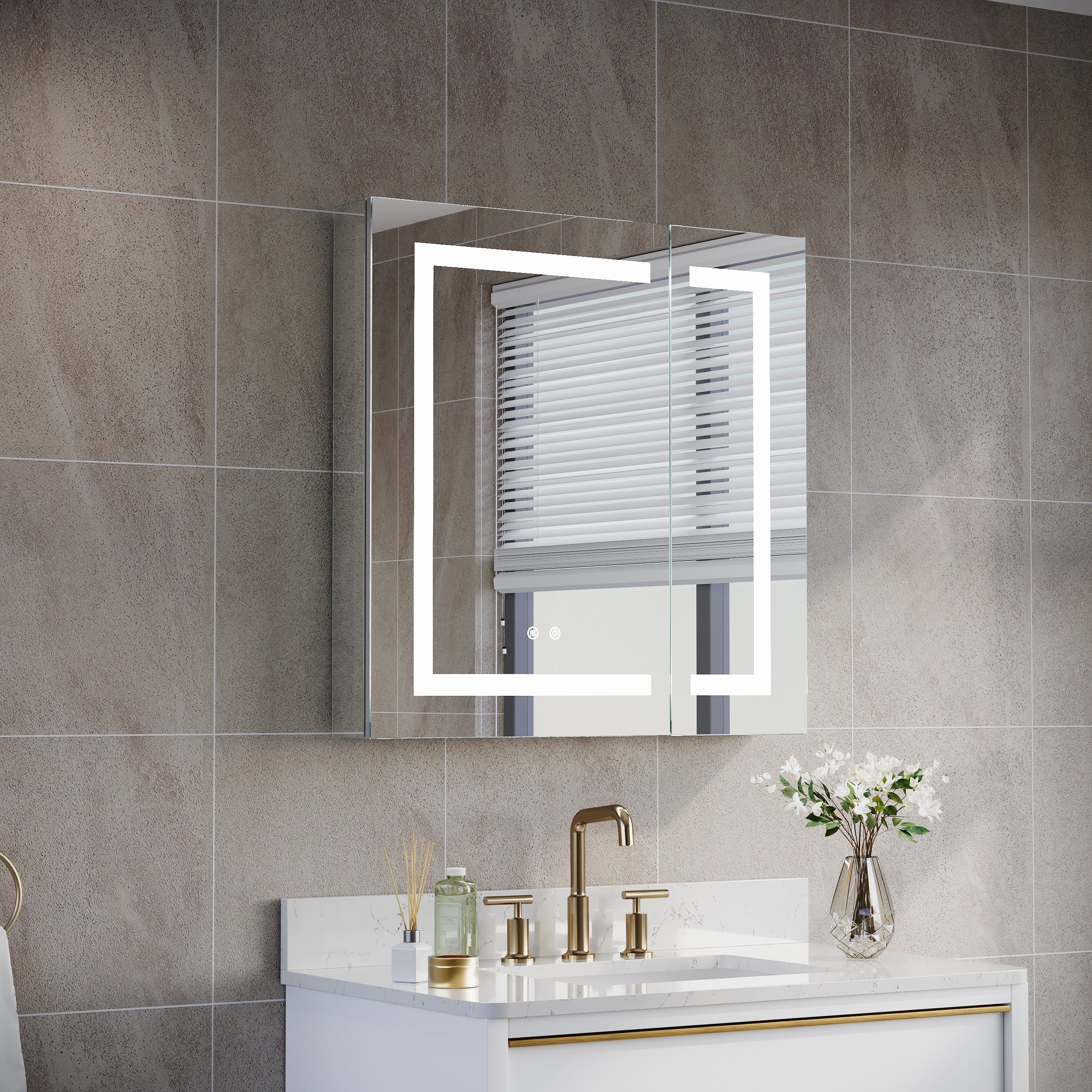
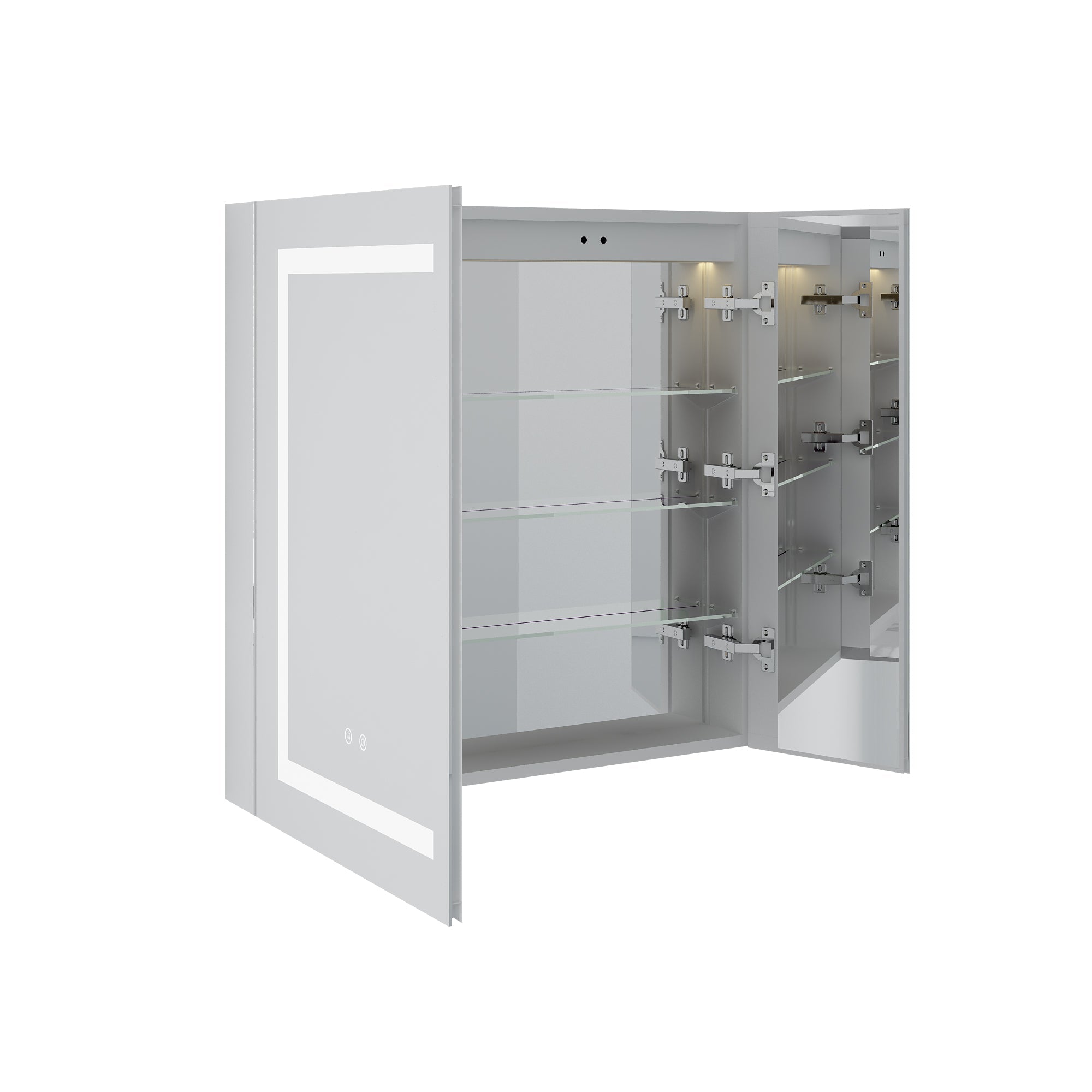




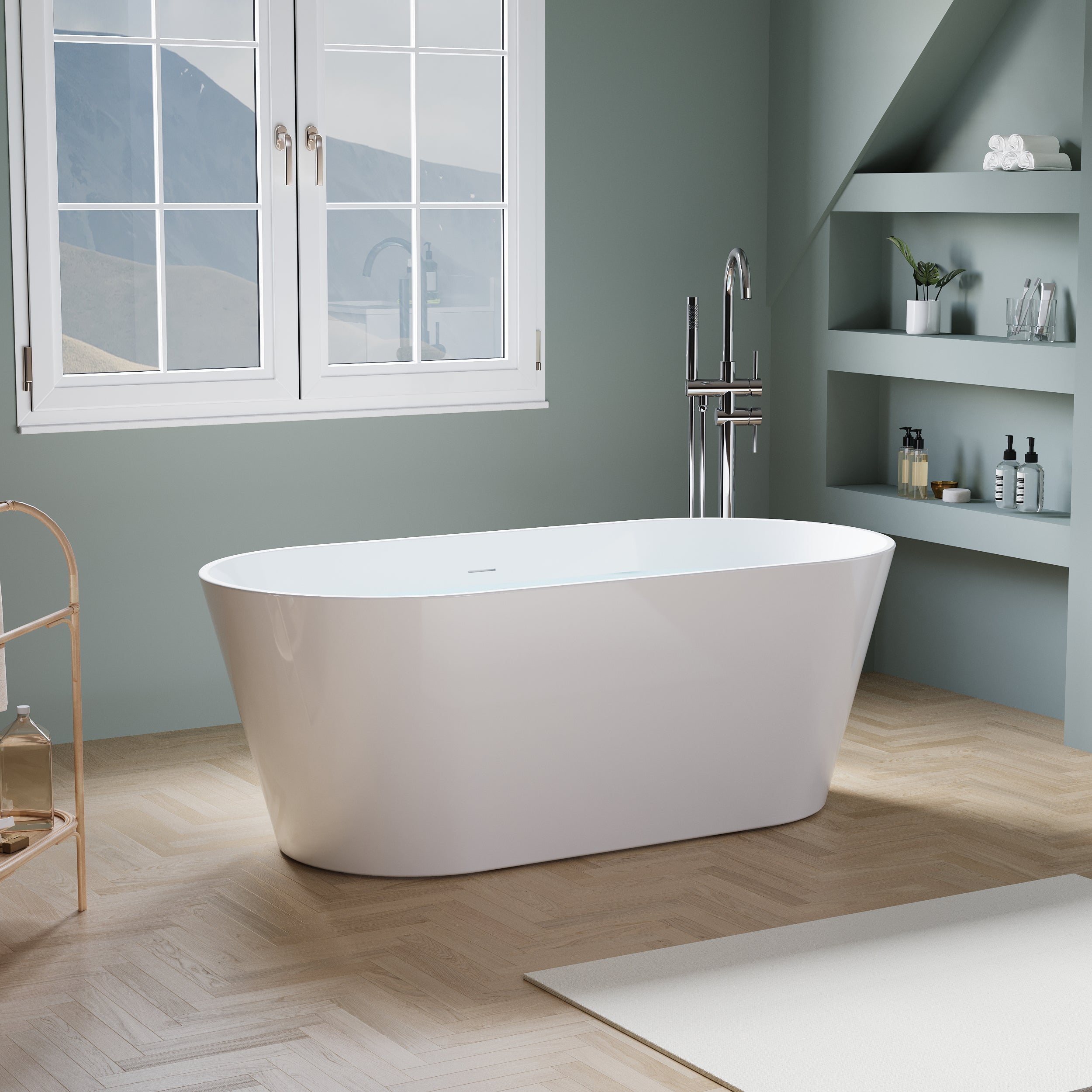
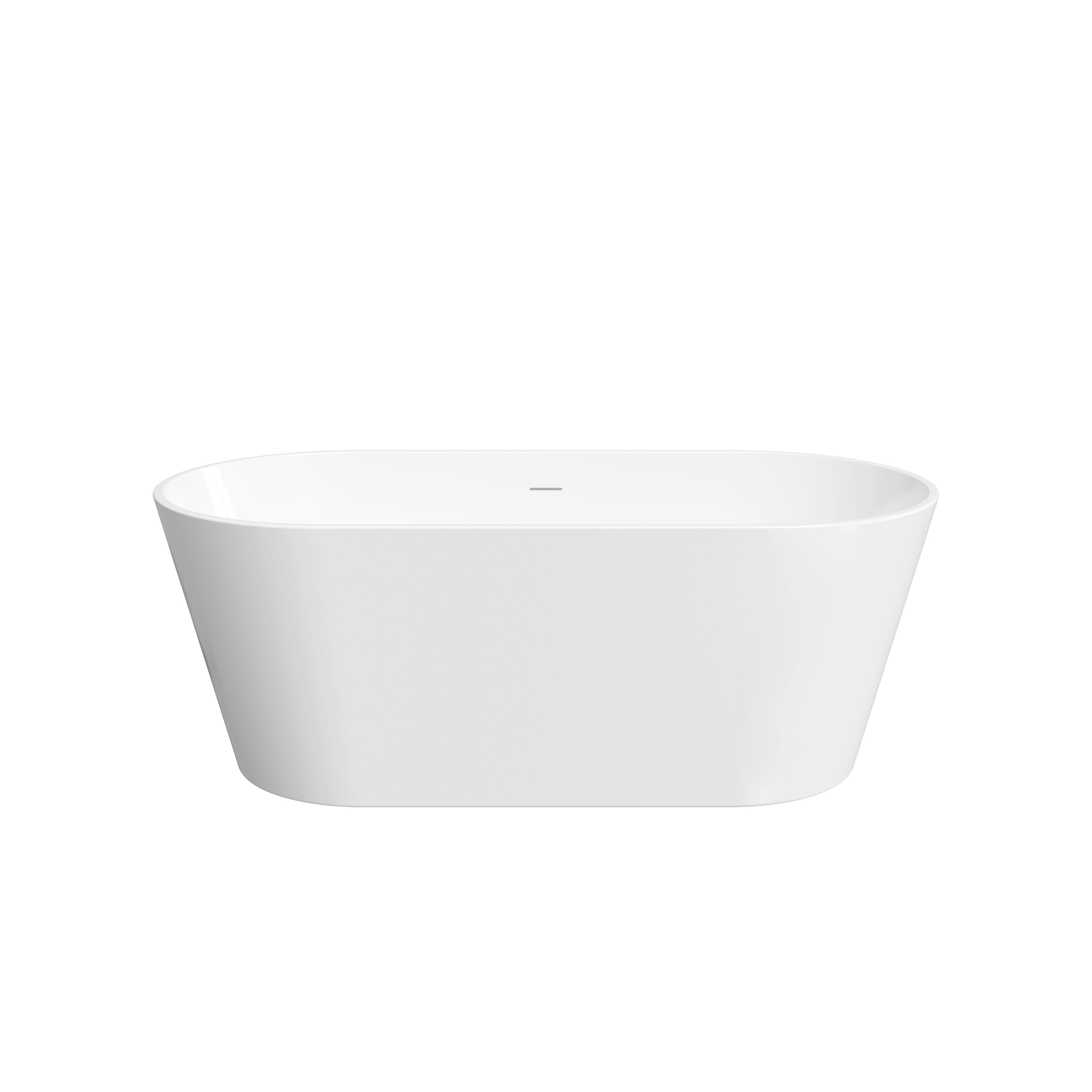


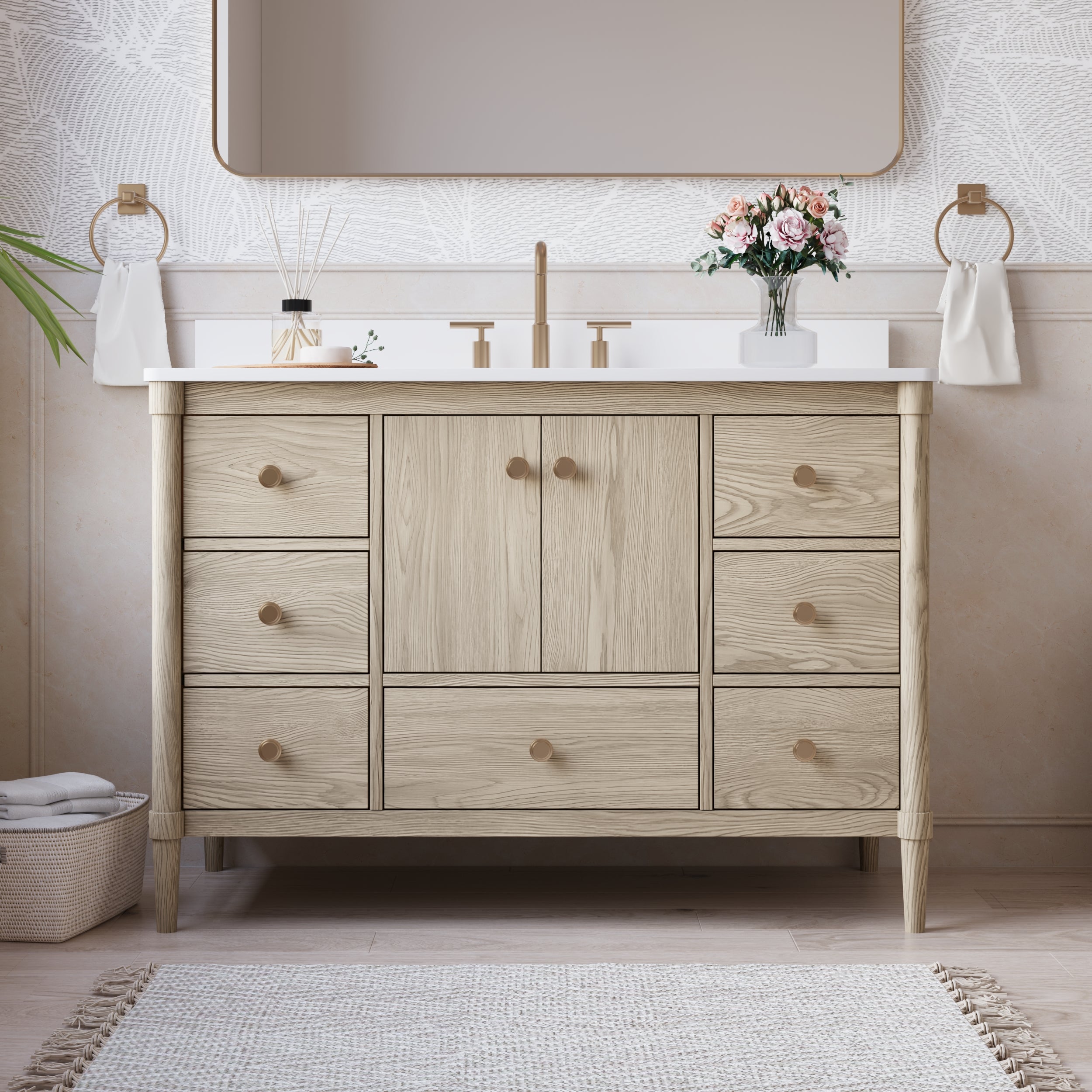
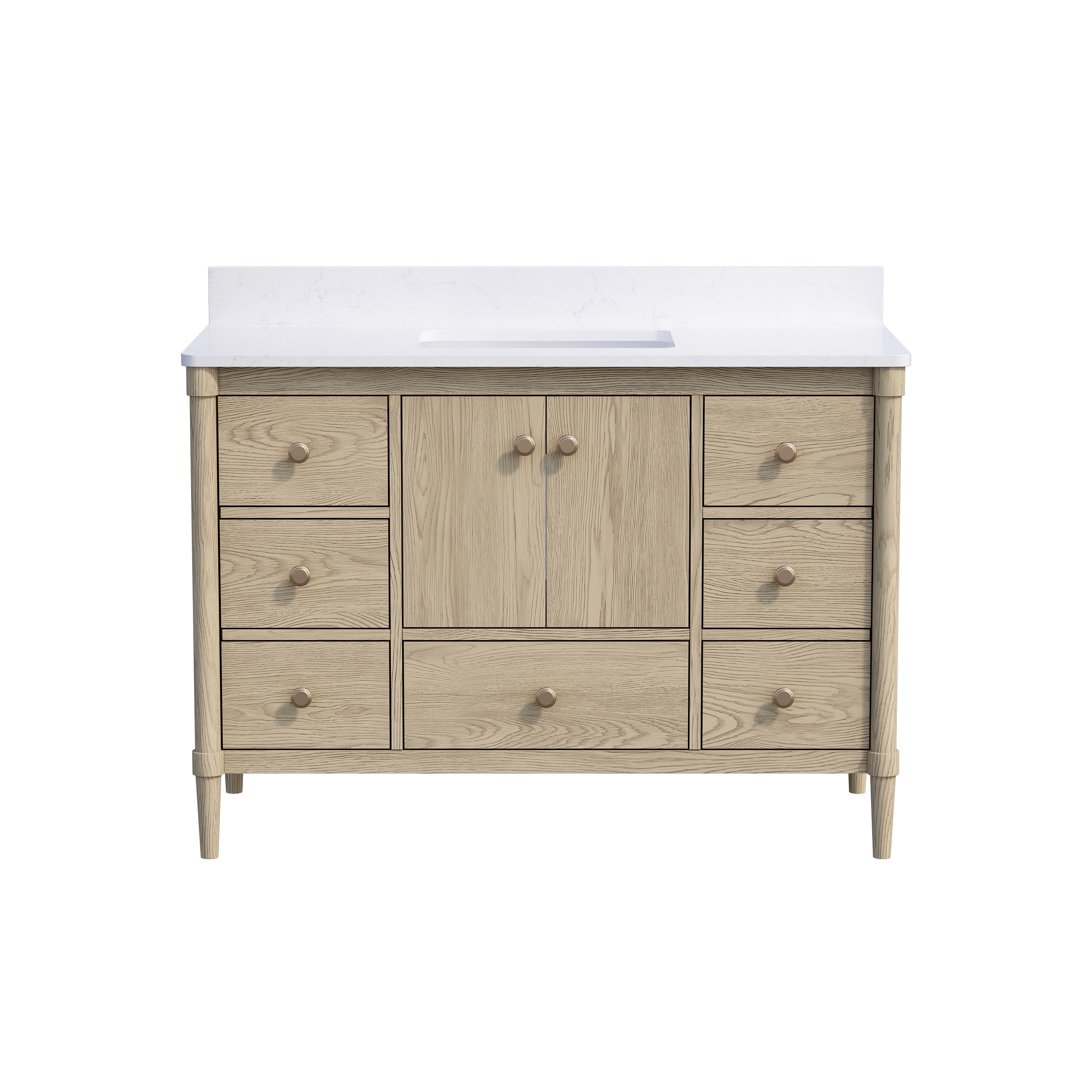
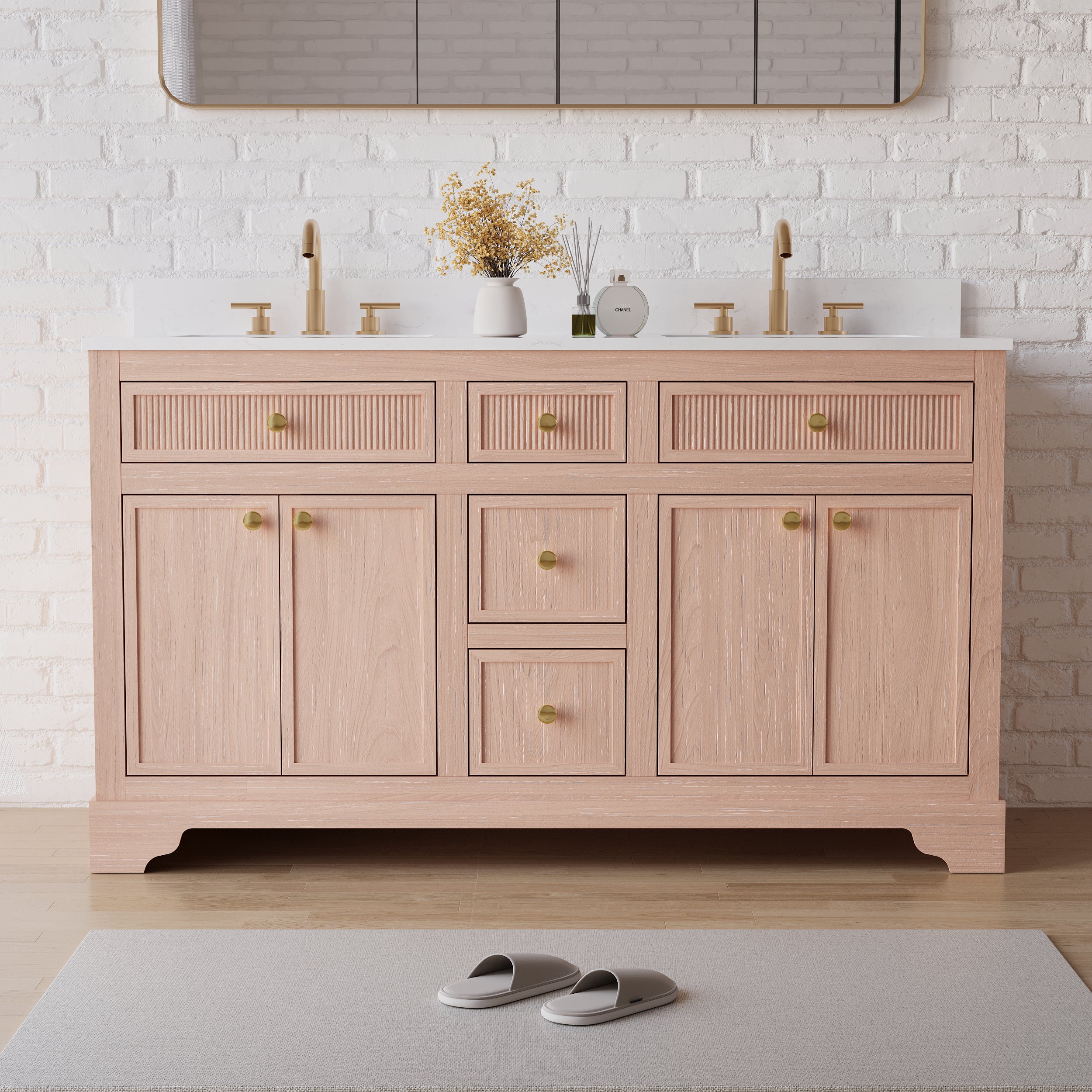
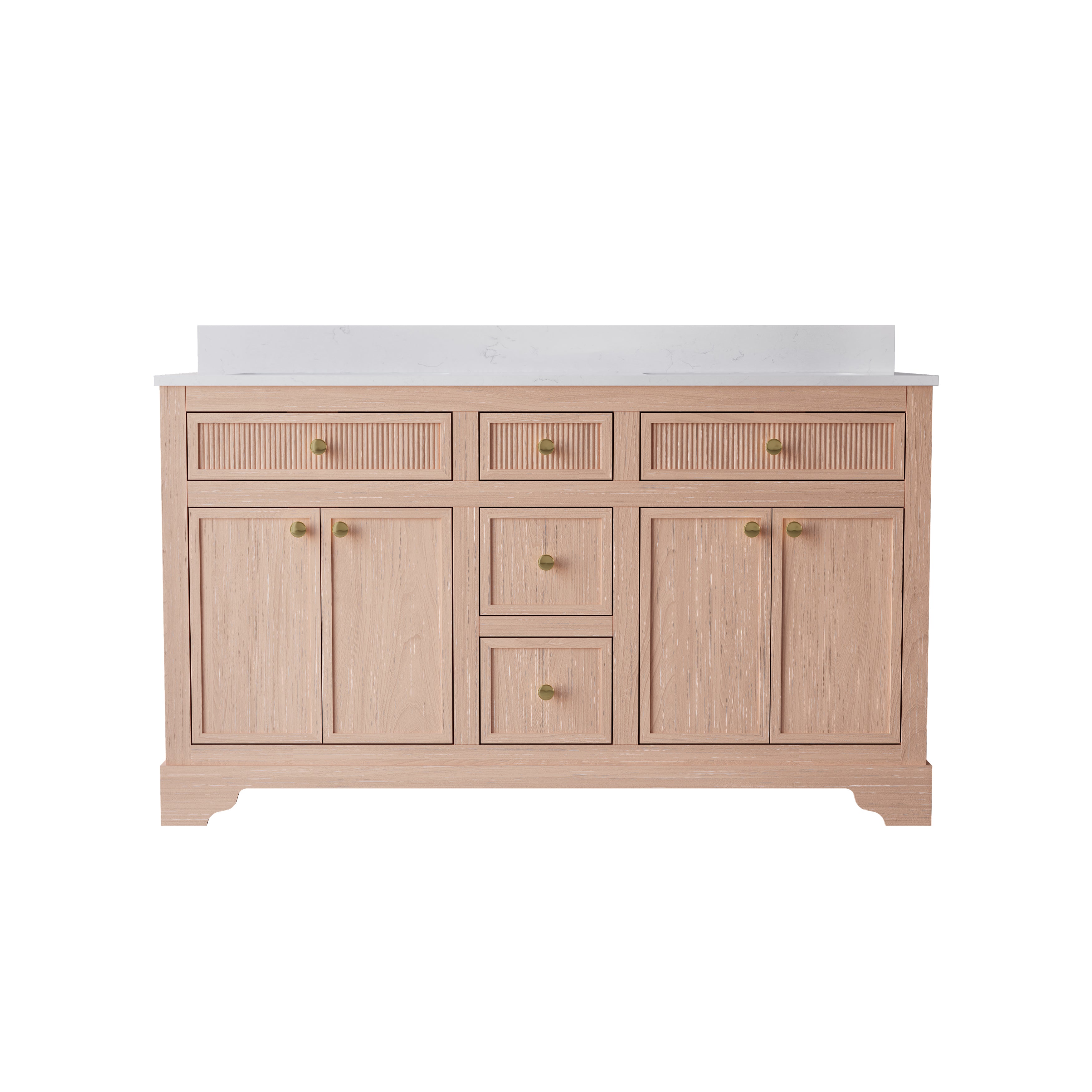
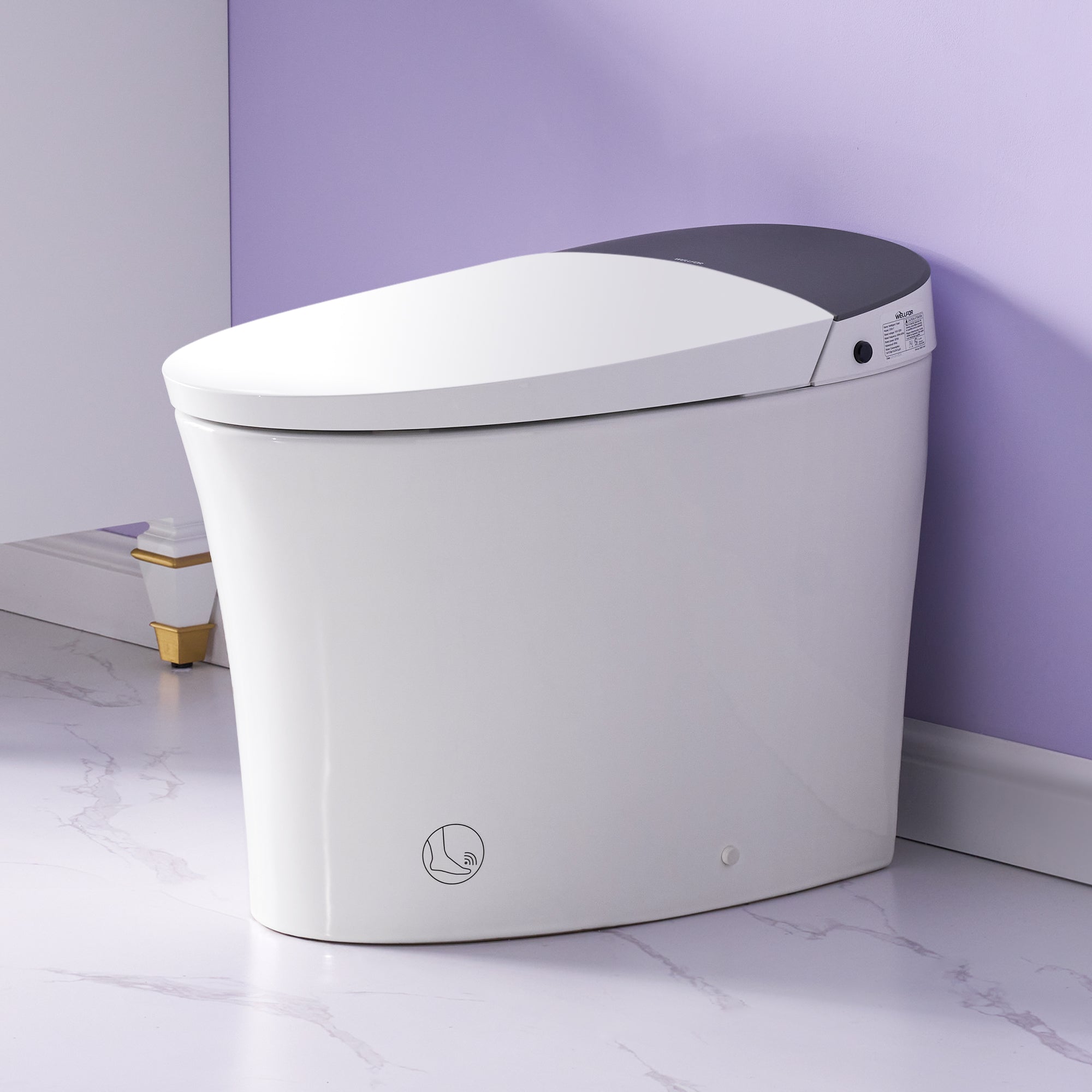
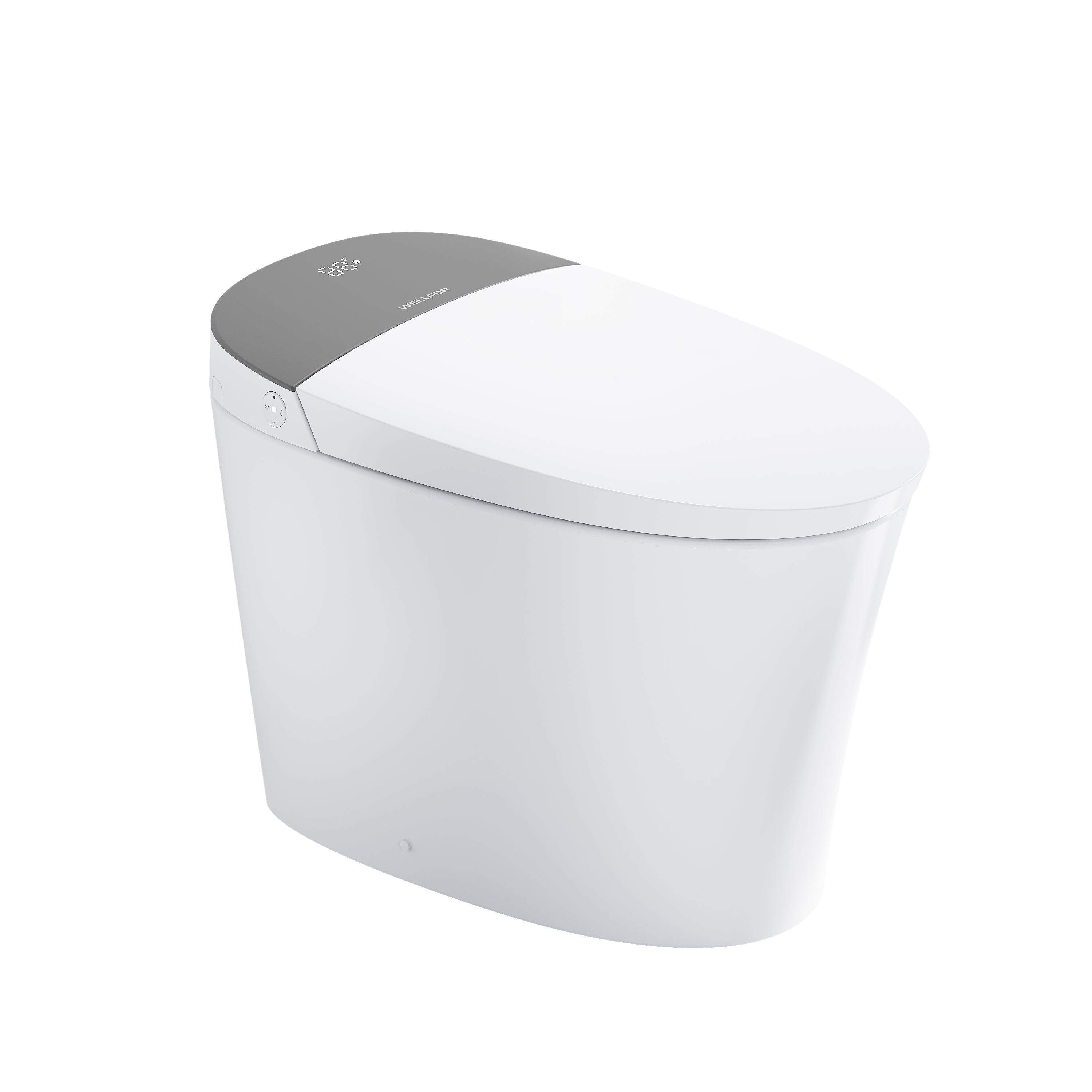
Leave a comment
This site is protected by hCaptcha and the hCaptcha Privacy Policy and Terms of Service apply.